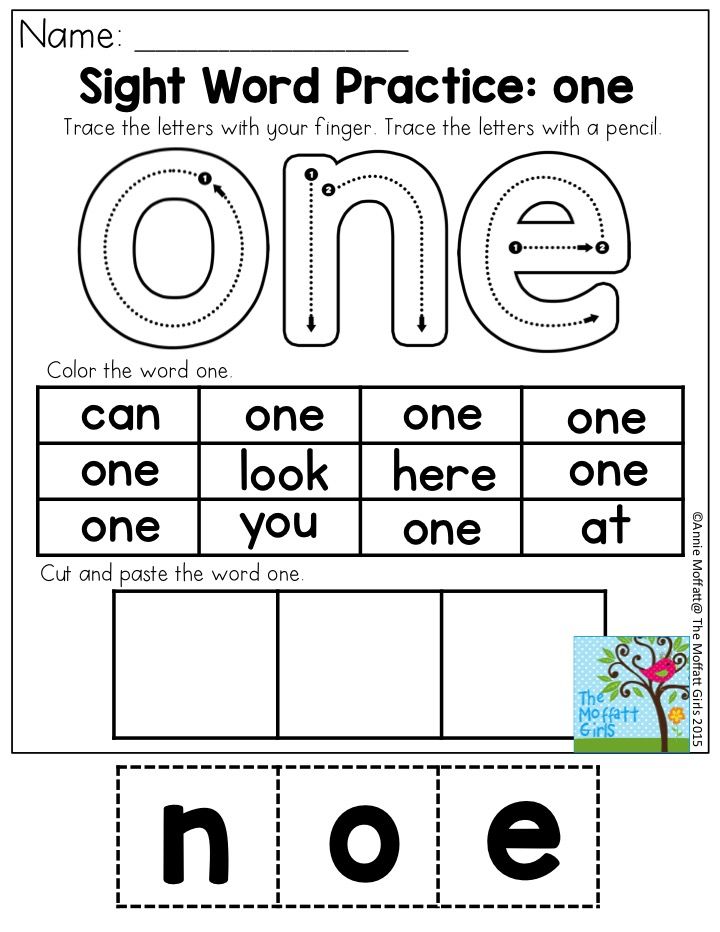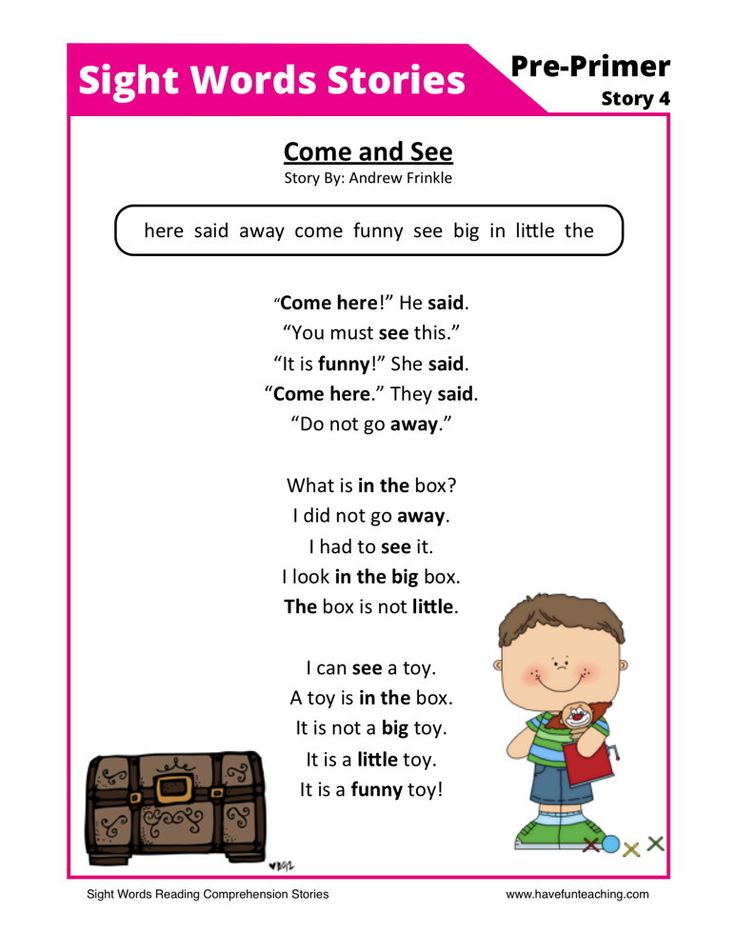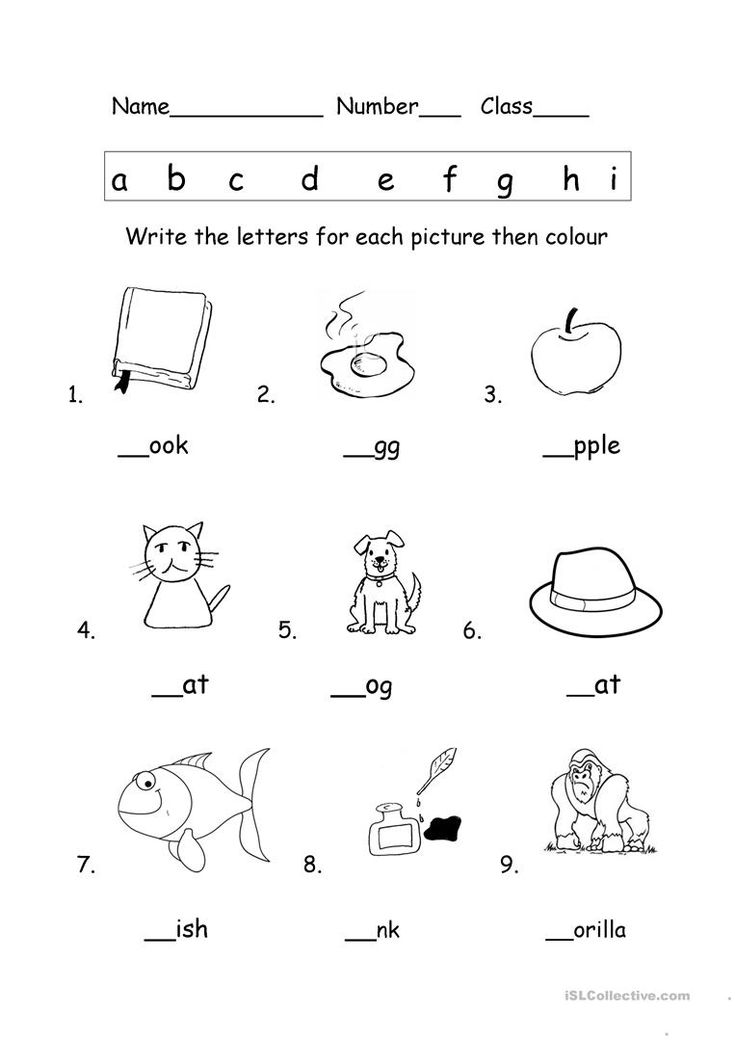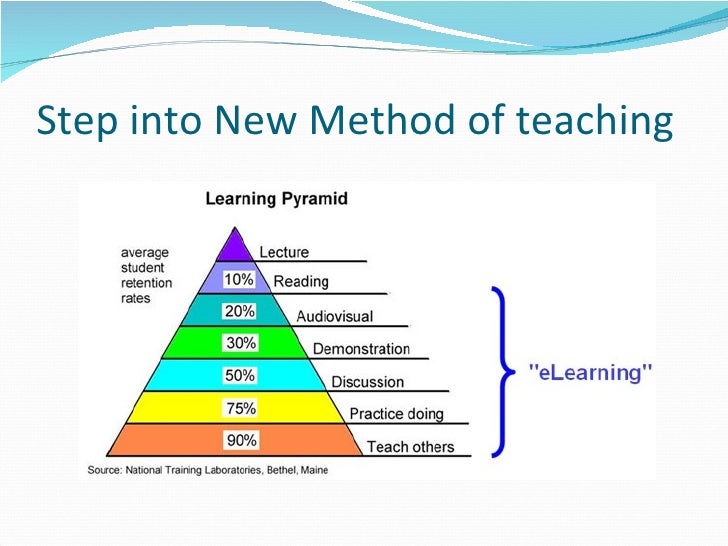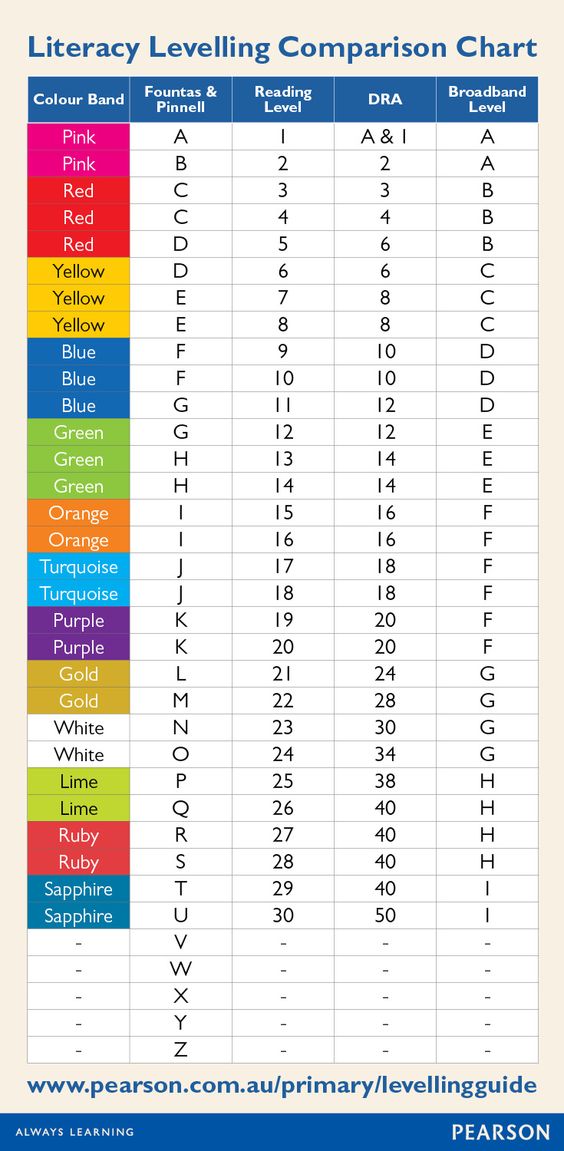Using simple sentences
ENG 1001: Sentences: Simple, Compound, and Complex
A common weakness in writing is the lack of varied sentences. Becoming aware of three general types of sentences--simple, compound, and complex--can help you vary the sentences in your writing.
The most effective writing uses a variety of the sentence types explained below.
1. Simple Sentences
A simple sentence has the most basic elements that make it a sentence: a subject, a verb, and a completed thought.
Examples of simple sentences include the following:
- Joe waited for the train.
"Joe" = subject, "waited" = verb
- The train was late.
"The train" = subject, "was" = verb
- Mary and Samantha took the bus.
"Mary and Samantha" = compound subject, "took" = verb
- I looked for Mary and Samantha at the bus station.
"I" = subject, "looked" = verb
- Mary and Samantha arrived at the bus station early but waited until noon for the bus.
"Mary and Samantha" = compound subject, "arrived" and "waited" = compound verb
Tip: If you use many simple sentences in an essay, you should consider revising some of the sentences into compound or complex sentences (explained below).
The use of compound subjects, compound verbs, prepositional phrases (such as "at the bus station"), and other elements help lengthen simple sentences, but simple sentences often are short. The use of too many simple sentences can make writing "choppy" and can prevent the writing from flowing smoothly.
A simple sentence can also be referred to as an independent clause. It is referred to as "independent" because, while it might be part of a compound or complex sentence, it can also stand by itself as a complete sentence.
2. Compound Sentences
A compound sentence refers to a sentence made up of two independent clauses (or complete sentences) connected to one another with a coordinating conjunction. Coordinating conjunctions are easy to remember if you think of the words "FAN BOYS":
Coordinating conjunctions are easy to remember if you think of the words "FAN BOYS":
- For
- And
- Nor
- But
- Or
- Yet
- So
Examples of compound sentences include the following:
- Joe waited for the train, but the train was late.
- I looked for Mary and Samantha at the bus station, but they arrived at the station before noon and left on the bus before I arrived.
- Mary and Samantha arrived at the bus station before noon, and they left on the bus before I arrived.
- Mary and Samantha left on the bus before I arrived, so I did not see them at the bus station.
Tip: If you rely heavily on compound sentences in an essay, you should consider revising some of them into complex sentences (explained below).
Coordinating conjunctions are useful for connecting sentences, but compound sentences often are overused. While coordinating conjunctions can indicate some type of relationship between the two independent clauses in the sentence, they sometimes do not indicate much of a relationship. The word "and," for example, only adds one independent clause to another, without indicating how the two parts of a sentence are logically related. Too many compound sentences that use "and" can weaken writing.
While coordinating conjunctions can indicate some type of relationship between the two independent clauses in the sentence, they sometimes do not indicate much of a relationship. The word "and," for example, only adds one independent clause to another, without indicating how the two parts of a sentence are logically related. Too many compound sentences that use "and" can weaken writing.
Clearer and more specific relationships can be established through the use of complex sentences.
3. Complex Sentences
A complex sentence is made up of an independent clause and one or more dependent clauses connected to it. A dependent clause is similar to an independent clause, or complete sentence, but it lacks one of the elements that would make it a complete sentence.
Examples of dependent clauses include the following:
- because Mary and Samantha arrived at the bus station before noon
- while he waited at the train station
- after they left on the bus
Dependent clauses such as those above
cannot stand alone as a sentence, but they can be added to an independent clause to form a complex sentence.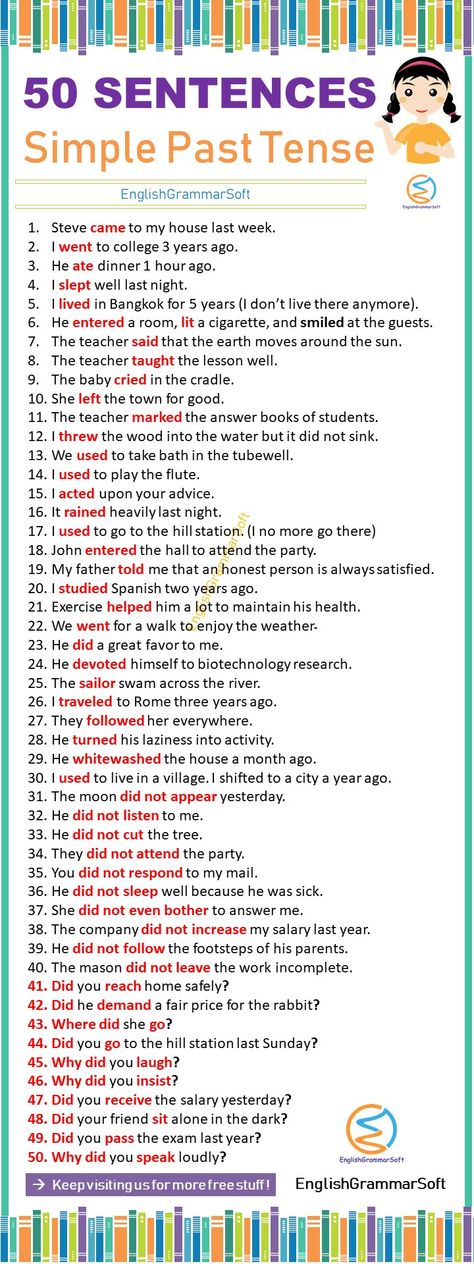
Dependent clauses begin with subordinating conjunctions. Below are some of the most common subordinating conjunctions:
- after
- although
- as
- because
- before
- even though
- if
- since
- though
- unless
- until
- when
- whenever
- whereas
- wherever
- while
A complex sentence joins an independent clause with one or more dependent clauses.
The dependent clauses can go first in the sentence, followed by the independent clause, as in the following:
Tip: When the dependent clause comes first, a comma should be used to separate the two clauses.
- Because Mary and Samantha arrived at the bus station before noon, I did not see them at the station.
- While he waited at the train station, Joe realized that the train was late.
- After they left on the bus, Mary and Samantha realized that Joe was waiting at the train station.
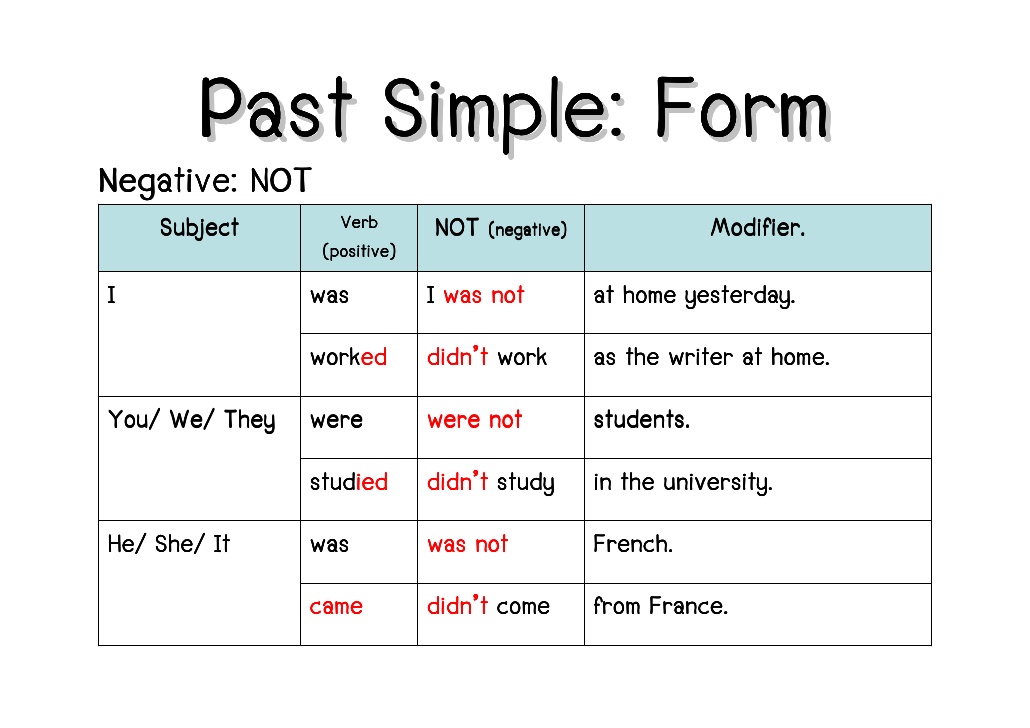
Conversely, the independent clauses can go first in the sentence, followed by the dependent clause, as in the following:
Tip: When the independent clause comes first, a comma should not be used to separate the two clauses.
- I did not see them at the station because Mary and Samantha arrived at the bus station before noon.
- Joe realized that the train was late while he waited at the train station.
- Mary and Samantha realized that Joe was waiting at the train station after they left on the bus.
Complex sentences are often more effective than compound sentences because a complex sentence indicates clearer and more specific relationships between the main parts of the sentence. The word "before," for instance, tells readers that one thing occurs before another. A word such as "although" conveys a more complex relationship than a word such as "and" conveys.
The term periodic sentence is used to refer to a complex sentence beginning with a dependent clause and ending with an independent clause, as in "While he waited at the train station, Joe realized that the train was late.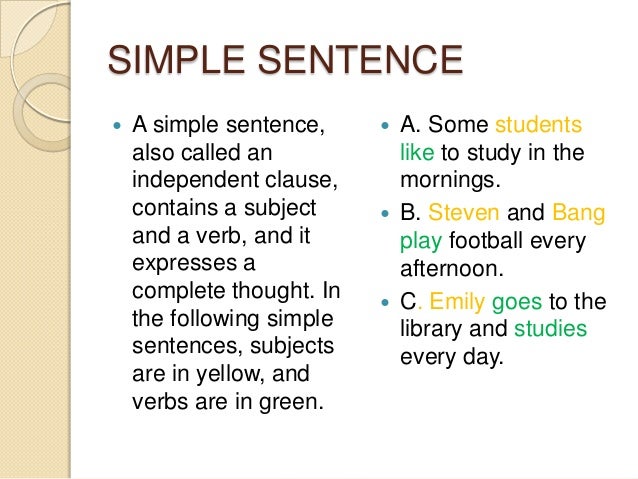 "
"
Periodic sentences can be especially effective because the completed thought occurs at the end of it, so the first part of the sentence can build up to the meaning that comes at the end.
Beginning Sentences with "And" or "Because"
Should you begin a sentence with "and" or "but" (or one of the other coordinating conjunctions)?
The short answer is "no." You should avoid beginning a sentence with "and," "or," "but," or the other coordinating conjunctions. These words generally are used to join together parts of a sentence, not to begin a new sentence.
However, such sentences can be used effectively. Because sentences beginning with these words stand out, they are sometimes used for emphasis. If you use sentences beginning with one of the coordinating conjunctions, you should use these sentences sparingly and carefully.
Should you begin a sentence with "because"?
There is nothing wrong with beginning a sentence with "because."
Perhaps some students are told not to begin a sentence with "because" to avoid sentence fragments (something like "Because Mary and Samantha arrived at the bus station before noon" is a sentence fragment), but it is perfectly acceptable to begin a sentence with "because" as long as the sentence is complete (as in "Because Mary and Samantha arrived at the bus station before noon, I did not see them at the station. ")
")
Watch It!
37 Simple Sentence Examples and Worksheet
DESCRIPTION
student diagramming a sentence
SOURCE
AntonioGuillem / iStock / Getty Images Plus
PERMISSION
Used under license
If you're confused about what makes a sentence simple, these 37 simple sentence examples will help clear things up. This type of sentence can have only one independent clause. It can be long or short, but the basic structure is always the same. There are several types of simple sentences. Read over each type below and use the worksheet to help you practice writing your own simple sentences.
One Subject and One Verb
Simple sentences have one subject and one verb or predicate. Some of these have a direct object or a modifier, but they still only have one subject and one verb. If you need to brush up on these parts of speech, read up on Understanding Subjects, Predicates, and Objects.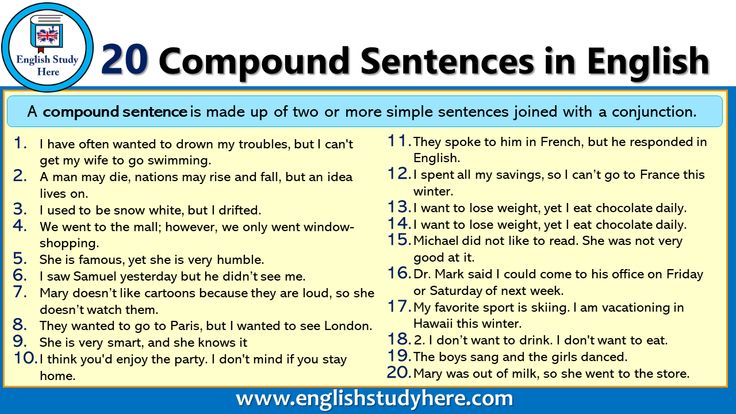 The following examples show how this works:
The following examples show how this works:
- The cat stretched.
- Jacob stood on his tiptoes.
- The car turned the corner.
- Kelly twirled in circles.
- She opened the door.
- Aaron made a picture.
- I'm sorry.
- I danced.
37 simple sentence examples worksheet
Click to View & DownloadExamples With an Implied Subject
Some simple sentences have a single subject and verb, but the subject isn't stated in the sentence. Instead, the reader knows who the subject is from context. You'll notice that many of these short examples are imperative sentences with an implied subject of "you":
- Run!
- Open the jar carefully.
- Read the directions.
- Don't cry.
- Use common sense.
- Make the best of things.
- Catch up!
These sentences have just one independent clause. Refresh your memory about the difference between independent and dependent clauses if you need clarification.
Compound Subject and One Verb
You'll also see simple sentences with a compound subject and one verb. In this case, the subjects are joined by a conjunction like "and" and are all performing the action described in the verb. There may be modifiers and direct objects here as well, as you'll see in some of these examples:
- Sarah and Ira drove to the store.
- Jenny and I opened all the gifts.
- The cat and dog ate.
- My parents and I went to a movie.
- Mrs. Juarez and Mr. Smith are dancing gracefully.
- Samantha, Elizabeth, and Joan are on the committee.
- The ham, green beans, mashed potatoes, and corn are gluten-free.
- The paper and pencil sat idle on the desk.
One Subject and Compound Verb
You'll also see some simple sentences with more than one verb and a single subject. In this case, they are compound verbs. The subject is doing all the actions, and the actions go together. The easiest way to see this is with some examples:
- Misha walked and looked around.
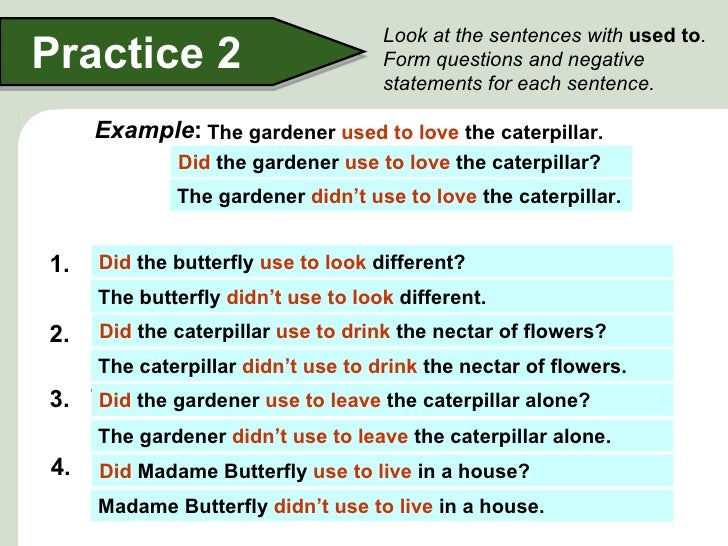
- My mother hemmed and hawed over where to go for dinner.
- He was eating and talking.
- I rinsed and dried the dishes.
- Joe stood up and spoke to the crowd.
Examples of Longer Simple Sentences
Although a simple sentence can be a single word, it can also be much longer. Adding modifiers or multiple direct objects can extend the length of the sentence. These examples are all simple sentences, despite their length:
- The mangy, scrawny stray dog hurriedly gobbled down the grain-free, organic dog food.
- I quickly put on my red winter jacket, black snow pants, waterproof boots, homemade mittens, and handknit scarf.
- The incessant ticking and chiming echoed off the weathered walls of the clock repair shop.
- Nervously, I unfolded the wrinkled and stained letter from my long-dead ancestor.
- Into the suitcase, I carelessly threw a pair of ripped jeans, my favorite sweater from high school, an old pair of tube socks with stripes, and $20,000 in cash.
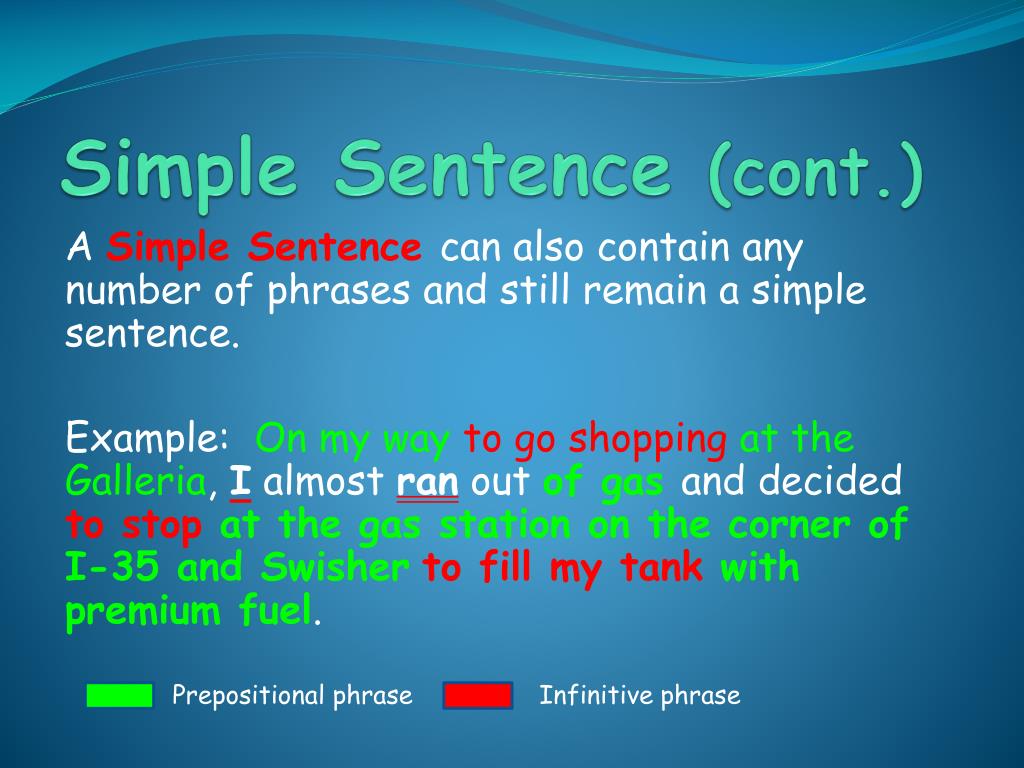
Simple Sentence Examples From Literature
Writers have been using simple sentences as long as people have been writing. Consider these examples from literature:
- "The Spirits of All Three shall strive within me." A Christmas Carol by Charles Dickens
- "I was the more deceived." Ophelia in Hamlet by William Shakespeare
- "Neither boy spoke." The Adventures of Tom Sawyer by Mark Twain
- "Call me Ishmael." Moby Dick by Herman Melville
Understand Sentence Structure
Now that you know about simple sentences and have seen some examples, take a moment to learn about other sentence types like compound sentences and complex sentences.The more you know about how sentences are put together, the better your writing will become.
European system of levels of foreign language proficiency - Department of Foreign Languages
The article was prepared on the basis of the monograph "Common European Framework of Reference for Foreign Languages: Study, Teaching, Assessment", the Russian translation of which was published by the Moscow State Linguistic University (http://www.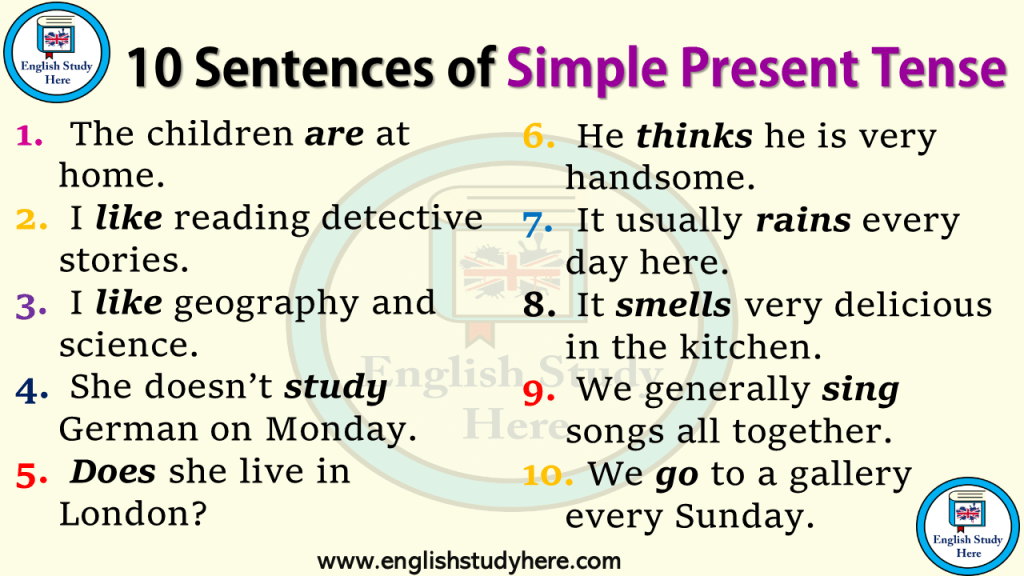 linguanet.ru /) in 2003
linguanet.ru /) in 2003
Common European Framework of Reference for Languages: Learning, Teaching, Assessment
The document of the Council of Europe entitled "Common European Framework of Reference: Learning, Teaching, Assessment" reflects the result of the work begun back in 1971 years of work by experts from the countries of the Council of Europe, including representatives of Russia, to systematize approaches to teaching a foreign language and standardize assessments of language proficiency levels. "Competencies" in an understandable form define what a language learner needs to master in order to use it for communication purposes, as well as what knowledge and skills he needs to master in order for communication to be successful.
What is the main content of this project carried out within the framework of the Council of Europe? The participants of this project tried to create a standard terminology, a system of units, or a common language to describe what constitutes the subject of study, as well as to describe the levels of language proficiency, regardless of what language is being studied, in what educational context - which country, institute, school , in courses, or privately, and what methods are used.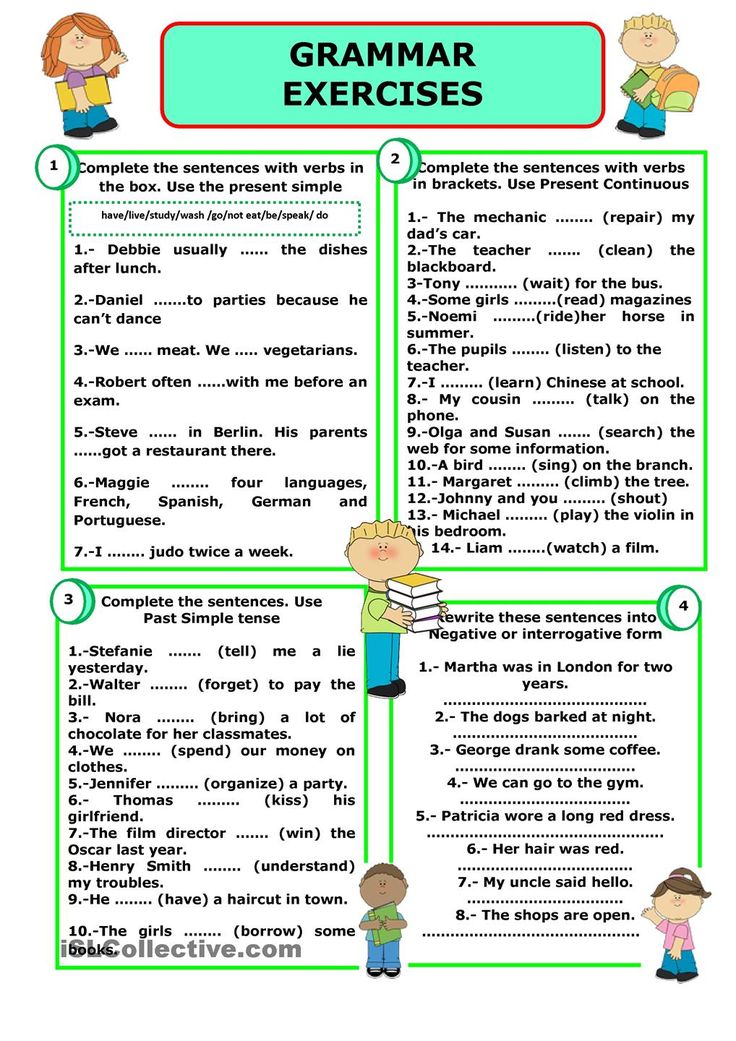 As a result, a system of levels of language proficiency and a system for describing these levels using standard categories. These two complexes create a unified network of concepts that can be used to describe any certification system, and, consequently, any training program, in the standard language, from setting goals - learning goals to the competencies achieved as a result of training.
As a result, a system of levels of language proficiency and a system for describing these levels using standard categories. These two complexes create a unified network of concepts that can be used to describe any certification system, and, consequently, any training program, in the standard language, from setting goals - learning goals to the competencies achieved as a result of training.
Language proficiency system
When developing the European level system, extensive research was carried out in different countries, assessment methods were tested in practice. As a result, an agreement was reached on the issue of the number of levels allocated for organizing the process of learning the language and assessing the degree of proficiency in it. There are 6 major levels, which represent lower and higher sub-levels in the classic three-level system, which includes basic, intermediate and advanced levels. The level scheme is built on the principle of sequential branching.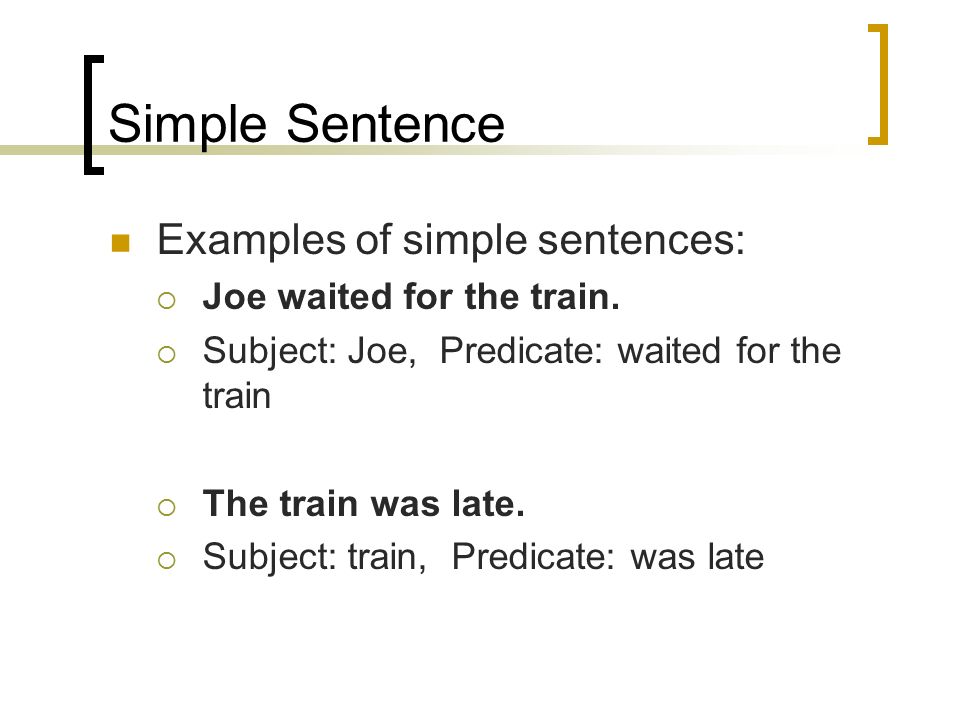 It begins with the division of the level system into three major levels - A, B and C:
It begins with the division of the level system into three major levels - A, B and C:
| A | A1 |
| A2 | |
| B | B1 |
| B2 | |
| C
| C1 |
| C2 |
The introduction of a pan-European system of language proficiency levels does not limit the ability of various pedagogical teams to develop and describe their own system of levels and modules of education. However, the use of standardized categories when describing one's programs contributes to the transparency of courses, and the development of objective criteria for assessing the level of language proficiency will ensure recognition of the qualifications obtained by students in examinations. It can also be expected that over time the system of levels and the wording of the descriptors will change as experience accumulates in the countries participating in the project.
However, the use of standardized categories when describing one's programs contributes to the transparency of courses, and the development of objective criteria for assessing the level of language proficiency will ensure recognition of the qualifications obtained by students in examinations. It can also be expected that over time the system of levels and the wording of the descriptors will change as experience accumulates in the countries participating in the project.
Language proficiency levels are summarized in the following table:
Table 1
| Elementary Proficiency | A1 | I can understand and use familiar phrases and expressions necessary to perform specific tasks. I can introduce myself / introduce others, ask / answer questions about the place of residence, acquaintances, property. Can engage in simple conversation if the other person speaks slowly and clearly and is willing to help. |
| A2 | Can understand certain sentences and common expressions related to the main areas of life (eg basic information about myself and my family members, shopping, getting a job, etc.). I can perform tasks related to the simple exchange of information on familiar or everyday topics. In simple terms, I can talk about myself, my family and friends, describe the main aspects of everyday life. | |
| Self-owned | B1 | Can understand the main ideas of clear messages delivered in standard language on a variety of topics typically encountered at work, school, leisure, etc. I can communicate in most situations that may arise during my stay in the country of the language being studied. I can compose a coherent message on topics that are known or of particular interest to me. I can describe impressions, events, hopes, aspirations, state and substantiate my opinion and plans for the future. |
|
B2
| I can understand the general content of complex texts on abstract and concrete topics, including highly specialized texts. I speak quickly and spontaneously enough to constantly communicate with native speakers without much difficulty for either party. I can write clear, detailed messages on a variety of topics and present my perspective on a major issue, showing the advantages and disadvantages of different opinions. | |
| Freehold
|
C1
| I understand large complex texts on various topics, I recognize hidden meanings. I speak spontaneously at a fast pace, without difficulty in choosing words and expressions. |
| C2
| I can understand almost any oral or written communication, can compose a coherent text based on several oral and written sources. I speak spontaneously with a high tempo and a high degree of accuracy, emphasizing shades of meaning even in the most difficult cases. |
When interpreting a level scale, keep in mind that divisions on such a scale are not the same. Even if the levels appear to be equidistant on the scale, they take different times to reach. So, even if Waystage is halfway to Threshold Level, and Threshold is on the level scale halfway to Vantage Level, experience with this scale shows that that it takes twice as long to progress from "Threshold" to "Threshold Advanced" as it takes to reach "Threshold".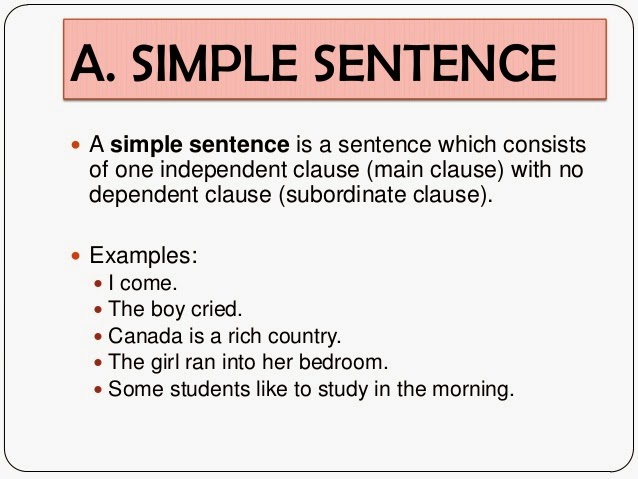 This is due to the fact that at higher levels the range of activities is expanding and an increasing amount of knowledge, skills and abilities are required.
This is due to the fact that at higher levels the range of activities is expanding and an increasing amount of knowledge, skills and abilities are required.
More detailed description may be required to select specific learning objectives. It can be presented as a separate table showing the main aspects of language proficiency at six levels. For example, table 2 is designed as a self-assessment tool to identify your knowledge and skills in aspects:
Table 2
A1 (Survival level):
| Comprehension | Listening | I can understand single familiar words and very simple phrases in slow and clear speech in everyday situations where people talk about me, my family and the immediate environment. |
| Reading | I can understand familiar names, words, and very simple sentences in advertisements, posters, or catalogues.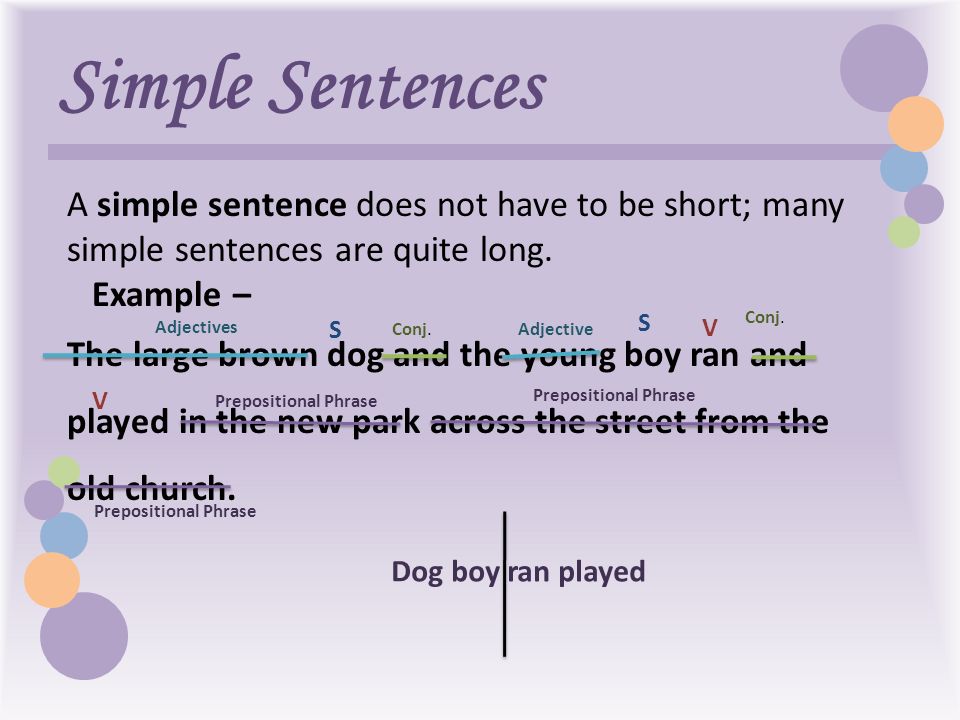 | |
| Speaking | Dialogue | I can take part in a dialogue if my interlocutor repeats or paraphrases his statement at my request in slow motion, and also helps to formulate what I am trying to say. I can ask and answer simple questions about topics that I know or are interested in. |
| Monologue | I can use simple phrases and sentences to talk about the place where I live and the people I know. | |
| Letter | Letter | I can write simple postcards (for example, congratulations on a holiday), fill out forms, enter my name, nationality, address on the hotel registration sheet. |
A2 (Pre-threshold):
| Comprehension | Listening | I can understand certain phrases and commonly used words in statements about topics that are important to me (for example, basic information about myself and my family, about shopping, about where I live, about work ). I understand what is being said in simple, clearly spoken and small messages and announcements. I understand what is being said in simple, clearly spoken and small messages and announcements. |
| Read | I understand very short, simple texts. I can find specific, predictable information in simple everyday texts: advertisements, brochures, menus, timetables. I understand simple personal letters. | |
| Speaking | Dialogue | I can communicate in simple, typical situations that require direct exchange of information on topics and activities that are familiar to me. I can carry on an extremely brief conversation on everyday topics, and yet I do not understand enough to carry on a conversation on my own. |
| Monologue | I can, using simple phrases and sentences, talk about my family and other people, living conditions, studies, current or previous job. | |
| Letter | Letter | I can write simple short notes and messages. |
B1 (Threshold):
| Comprehension | Listening | I understand the main points of well-spoken statements within the literary norm on topics known to me that I have to deal with at work, at school, on vacation, etc. I understand most current affairs radio and television programs and programs related to my personal or professional interests. The speech of the speakers should be clear and relatively slow. |
| Read | I understand texts based on the frequency language material of everyday and professional communication. I understand descriptions of events, feelings, intentions in personal letters. | |
| Speaking | Dialogue | I can communicate in most situations that arise during my stay in the country of the language being studied. |
| Monologue | I can make simple coherent statements about my personal experiences, events, talk about my dreams, hopes and desires. I can briefly justify and explain my views and intentions. I can tell a story or outline the plot of a book or movie and express my attitude towards it. | |
| Letter | Letter | I can write simple connected texts on topics that are familiar or of interest to me. I can write letters of a personal nature, telling them about my personal experiences and impressions. |
B2 (Threshold Advanced):
| Comprehension | Listening | I understand extended reports and lectures and even complex arguments contained in them, if the topics of these speeches are familiar to me. |
| Read | I understand articles and messages on contemporary issues whose authors take a special position or express a special point of view. I understand contemporary fiction. | |
| Speaking | Dialogue | I can quite freely participate in dialogues with native speakers of the target language without preparation. I can take an active part in a discussion on a problem familiar to me, substantiate and defend my point of view. |
| Monologue | I can express myself clearly and in detail on a wide range of issues that interest me. I can explain my point of view on an actual problem, expressing all the arguments for and against. | |
| Letter | Letter | I can write clear, detailed messages on a wide range of subjects that interest me. |
C1 (professional level):
| Comprehension | Listening | I understand extended messages, even if they have a fuzzy logical structure and insufficiently expressed semantic connections. I can almost fluently understand all television programs and films. |
| Reading | I understand large complex non-fiction and fiction texts, their stylistic features. I also understand special articles and long technical instructions, even if they do not relate to my area of activity. | |
| Speaking | Dialogue | I can express my thoughts spontaneously and fluently, without experiencing difficulties in choosing words.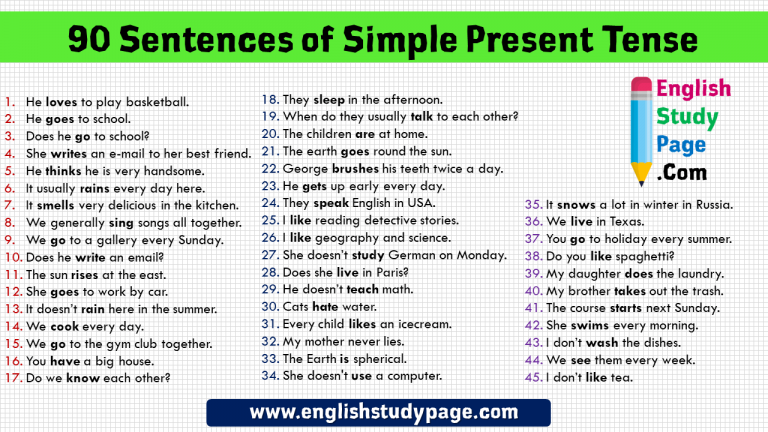 My speech is distinguished by the variety of language means and the accuracy of their use in situations of professional and everyday communication. I can accurately formulate my thoughts and express my opinion, as well as actively support any conversation. My speech is distinguished by the variety of language means and the accuracy of their use in situations of professional and everyday communication. I can accurately formulate my thoughts and express my opinion, as well as actively support any conversation. |
| Monologue | I can explain complex topics clearly and in detail, combine parts into a single whole, develop individual points and draw appropriate conclusions. | |
| Letter | Letter | I can express my thoughts clearly and logically in writing and explain my views in detail. I can describe complex problems in detail in letters, essays, reports, highlighting what seems to me the most important. I can use the language style appropriate to the intended recipient. |
C2 (Excellent):
| Comprehension | Listening | I can easily understand any spoken language in direct or indirect communication.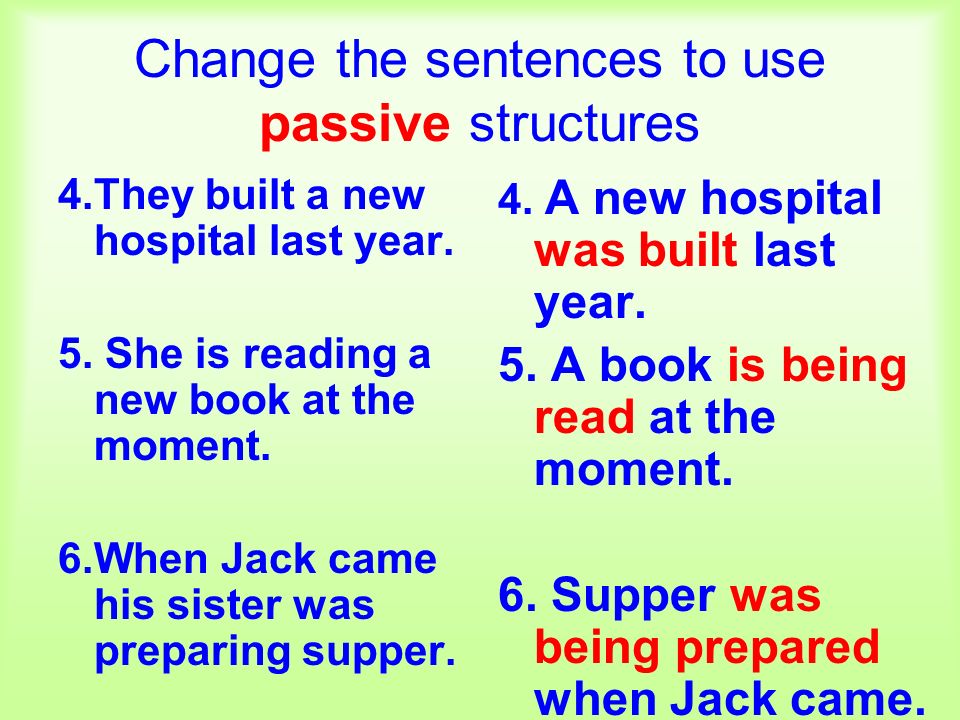 I can easily understand the speech of a native speaker speaking at a fast pace, if I have the opportunity to get used to the individual characteristics of his pronunciation. I can easily understand the speech of a native speaker speaking at a fast pace, if I have the opportunity to get used to the individual characteristics of his pronunciation. |
| Read | I am fluent in all types of texts, including texts of an abstract nature that are compositionally or linguistically complex: instructions, special articles, and works of fiction. | |
| Speaking | Dialogue | I can freely participate in any conversation or discussion, and I am fluent in a variety of idiomatic and colloquial expressions. I speak fluently and can express any shades of meaning. If I have difficulties in using language tools, I can quickly and imperceptibly paraphrase my statement. |
| Monologue | I can express myself fluently and with reason, using appropriate linguistic means depending on the situation. | |
| Letter | Letter | I can logically and consistently express my thoughts in writing, using the necessary language tools. I can write complex letters, reports, talks or articles that have a clear logical structure that helps the addressee note and remember the most important points. I can write summaries and reviews of both professional and artistic works. |
In practice, one can focus on a certain set of levels and a certain set of categories, depending on specific goals. Such detailing makes it possible to compare training modules with each other and with the system of common European competencies.
Instead of identifying the categories that underlie speech activity, it may be necessary to evaluate language behavior on the basis of individual aspects of communicative competence.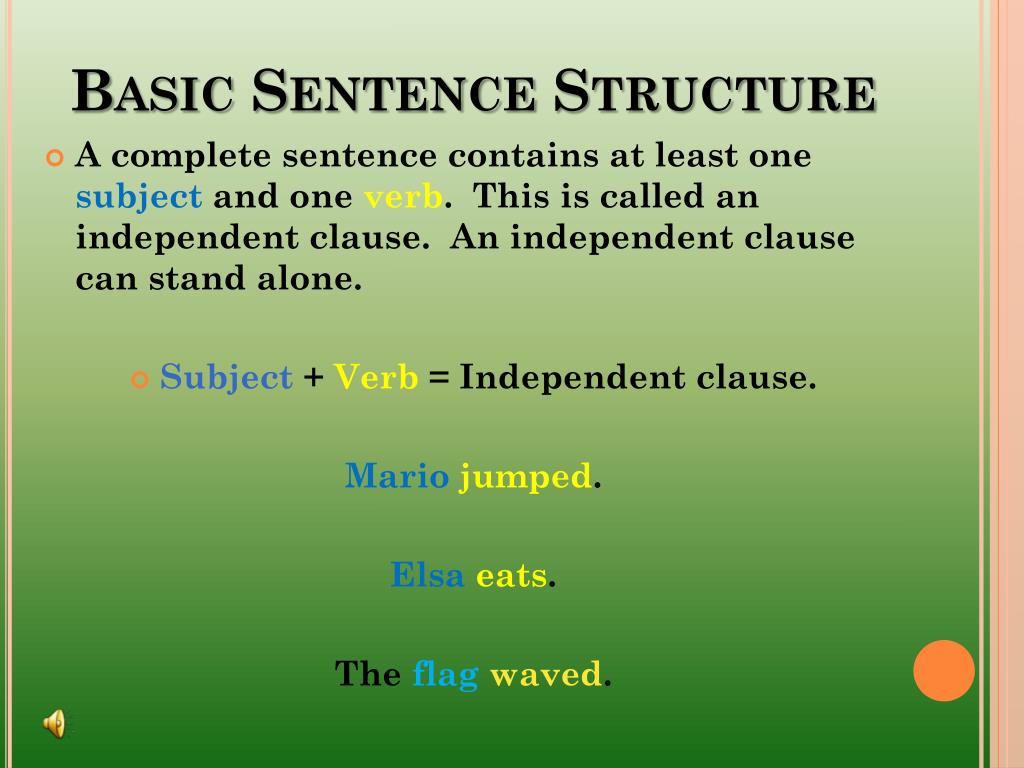 For example, table 3 was developed by to assess speaking , so it focuses on qualitatively different aspects of language use:
For example, table 3 was developed by to assess speaking , so it focuses on qualitatively different aspects of language use:
Table 3
A1 (Survival level):
| RANGE | Possesses a very limited stock of words and phrases that serve to present information about oneself and to describe specific private situations. |
| ACCURACY | Limited control over the use of a few simple grammatical and syntactic structures memorized. |
| FLUENESS | Can express himself very briefly, utter individual statements, mostly made up of memorized units. Makes many pauses to find the right expression, pronounce less familiar words, correct mistakes. |
| ACTION | Can ask personal questions and talk about himself. Can respond elementarily to the speech of the interlocutor, but in general, communication depends on repetition, paraphrasing and correcting mistakes.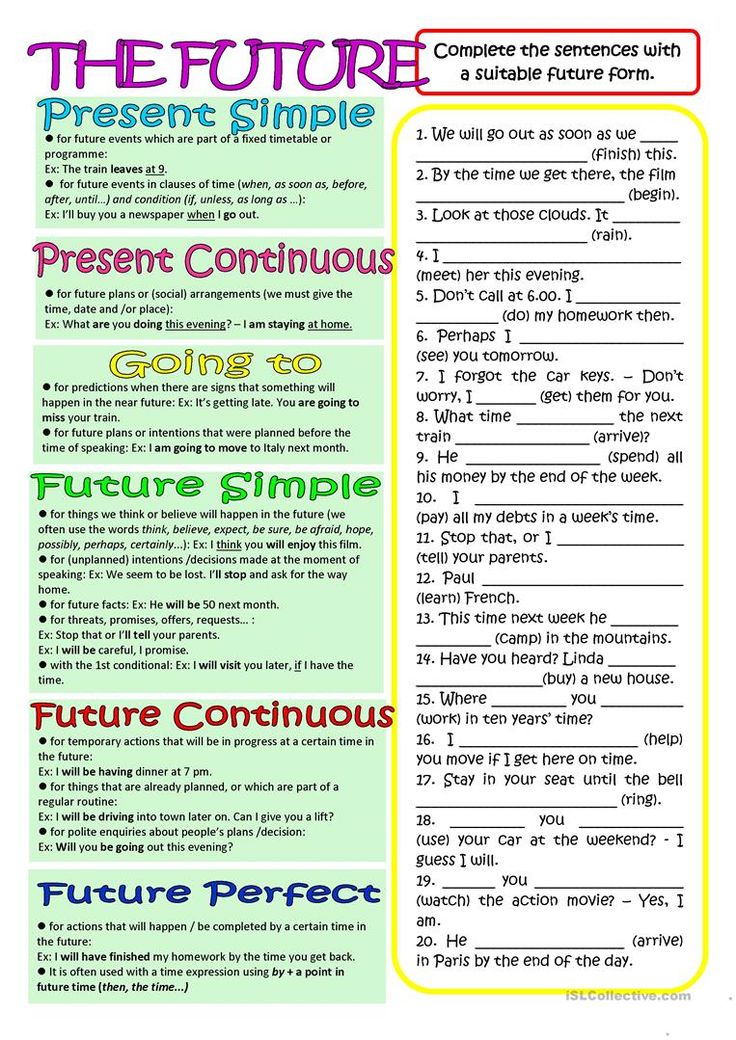 |
| CONNECTIVITY | Can connect words and groups of words with simple linear conjunctions such as "and", "then". |
A2 (Pre-threshold):
| RANGE | Uses elementary syntactic structures with learned constructions, collocations and standard expressions to convey limited information in simple everyday situations. |
| ACCURACY | Uses some simple structures correctly, but still systematically makes elementary mistakes. |
| FLUENESS | Can express himself intelligibly in very short sentences, although pauses, self-corrections, and reformulation of sentences are directly evident. |
| ACTION | Can answer questions and respond to simple statements. Can show when he/she is still following the interlocutor's thought, but very rarely understands enough to carry on a conversation on his own. |
| CONNECTIVITY | Can connect groups of words with simple conjunctions such as "and", "but", "because". |
B1 (Threshold):
| RANGE | Has sufficient language skills to take part in a conversation; vocabulary allows you to explain yourself with a number of pauses and descriptive expressions on topics such as family, hobbies, hobbies, work, travel and current events. |
| PRECISION | Fairly accurate use of a set of constructs associated with familiar, regularly occurring situations. |
| FLUENESS | Can speak clearly, despite the fact that pauses for searching for grammatical and lexical means are noticeable, especially in statements of considerable length. |
| ACTION | Can start, maintain, and end a one-on-one conversation if the topics of discussion are familiar or individually meaningful.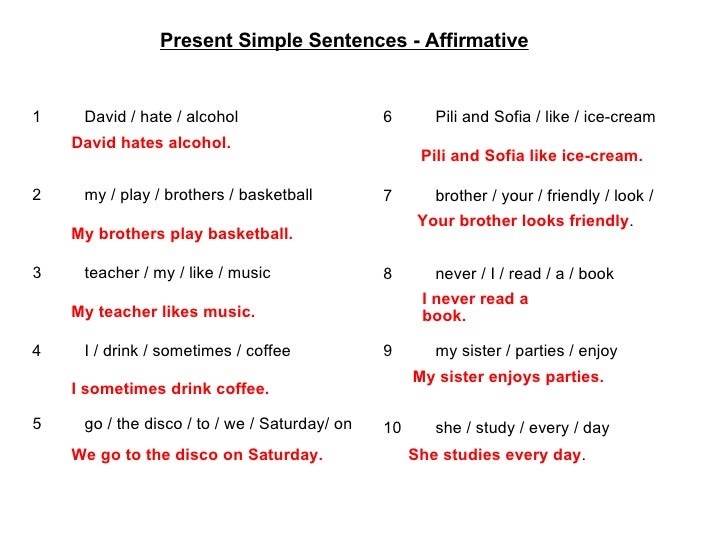 Can repeat previous lines to demonstrate understanding. Can repeat previous lines to demonstrate understanding. |
| CONNECTIVITY | Can link several fairly short sentences into a linear text consisting of several paragraphs. |
B2 (Threshold Advanced):
| RANGE | Has a sufficient vocabulary to describe something, to express a point of view on general issues without an explicit search for a suitable expression. Able to use some complex syntactic constructions. |
| PRECISION | Demonstrates a fairly high level of grammatical control. Doesn't make misunderstandings and can correct most of his own mistakes. |
| FLUENCE | Can generate utterances of a certain length with a fairly even tempo. May show hesitation in selecting expressions or language constructs, but there are few markedly long pauses in speech. |
| ACTION | Can start a conversation, enter into a conversation at the right moment, and end a conversation, although sometimes these actions are characterized by a certain clumsiness. Can take part in a conversation on a familiar topic, confirming his understanding of what is being discussed, inviting others to participate, etc. |
| CONNECTIVITY | Can use a limited number of communication tools to combine individual statements into a single text. At the same time, in the conversation as a whole, there are separate “jumps” from topic to topic. |
C1 (professional level):
| RANGE | Possesses a wide range of linguistic means, allowing him to clearly, freely and within the appropriate style express any of his thoughts on a large number of topics (general, professional, everyday), without limiting himself in choosing the content of the statement. |
| PRECISION | Maintains a high level of grammatical accuracy at all times; Errors are rare, almost imperceptible and are immediately corrected when they occur. |
| FLUENCE | Capable of fluent spontaneous utterances with little or no effort. The smooth, natural flow of speech can be slowed down only in the case of a complex unfamiliar topic for conversation. |
| ACTION | Can select an appropriate expression from a wide arsenal of discourse tools and use it at the beginning of his statement in order to get the floor, maintain the position of the speaker, or skillfully connect his line with the lines of interlocutors, continuing the discussion of the topic. |
| CONNECTIVITY | Can build a clear, uninterrupted, well-organized utterance, showing a good command of organizational structures, functional parts of speech and other means of coherence. |
C2 (Excellent):
| RANGE | Demonstrates flexibility by expressing thoughts in a variety of language forms to accurately convey shades of meaning, semantic emphasis, and avoid ambiguity. He is also fluent in idiomatic and colloquial expressions. |
| PRECISION | Carries out constant control over the correctness of complex grammatical constructions, even in cases where attention is directed to planning subsequent statements, to the reaction of interlocutors. |
| FLUENCE | Capable/capable of continuous spontaneous utterances in accordance with the principles of colloquial speech; avoids or bypasses difficult places almost imperceptibly for the interlocutor. |
| ACTION | Communicates skillfully and easily, with little or no difficulty, also understanding non-verbal and intonation cues. |
| CONNECTIVITY | Able to build coherent and organized speech, correctly and fully using a large number of various organizational structures, service parts of speech and other means of communication. |
The levels assessment tables discussed above are based on a bank of "illustrative descriptors" developed and tested in practice, and subsequently graded by levels during the course of a research project. Descriptor scales are based on a detailed to the category system to describe what language proficiency/use means and who can be called a language proficient/user.
The description is based on the activity approach . It establishes the relationship between language use and language learning. Users and language learners are considered as subjects social activities , i.e. members of the society who solve tasks (not necessarily related to language) in certain conditions , in a certain situation , in a certain area of activity . Speech activity is carried out in a wider social context, which determines the true meaning of the statement. The activity approach makes it possible to take into account the entire range of personal characteristics of a person as a subject of social activity, primarily cognitive, emotional and volitional resources. Thus, any form of language usage and its studies can be described in the following terms :
It establishes the relationship between language use and language learning. Users and language learners are considered as subjects social activities , i.e. members of the society who solve tasks (not necessarily related to language) in certain conditions , in a certain situation , in a certain area of activity . Speech activity is carried out in a wider social context, which determines the true meaning of the statement. The activity approach makes it possible to take into account the entire range of personal characteristics of a person as a subject of social activity, primarily cognitive, emotional and volitional resources. Thus, any form of language usage and its studies can be described in the following terms :
| The use of language and its learning include actions of a person, in the course of which he develops a number of competencies: general and communicative . |
- Competencies represent the sum of knowledge, skills and personal qualities that allow a person to perform various actions.
- General competencies are not linguistic, they provide any activity, including communication.
- Communicative language competencies allow you to carry out activities using language tools.
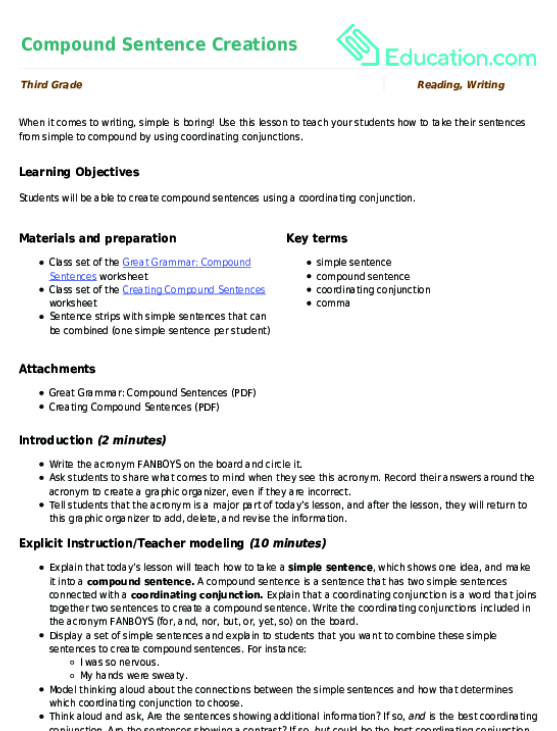
- Context is a spectrum of events and situational factors against which communicative actions are carried out.
- Speech activity is the practical application of communicative competence in a certain area of communication in the process of perception and / or generation of oral and written texts, aimed at performing a specific communicative task.
- Types of communicative activity involve the implementation of communicative competence in the process of semantic processing / creation (perception or generation) of one or more texts in order to solve the communicative task of communication in a certain field of activity.
- Text - is a coherent sequence of oral and / or written statements (discourse), the generation and understanding of which occurs in a specific area of communication and is aimed at solving a specific problem.
- Under the sphere of communication refers to a wide range of social life in which social interaction is carried out.
 In relation to language learning, educational, professional, social and personal spheres are distinguished here.
In relation to language learning, educational, professional, social and personal spheres are distinguished here. - Strategy is a course of action chosen by a person to solve a problem.
- Task is a purposeful action necessary to obtain a specific result (solving a problem, fulfilling obligations, or achieving a goal).
Concept of multilingualism
The concept of multilingualism is central to the approach of the Council of Europe to the problem of language learning. Multilingualism arises as a person's linguistic experience expands in the cultural aspect from the language used in the family to mastering the languages of other peoples (learned at school, college or directly in the language environment). A person “does not store” these languages separately from each other, but forms communicative competence on the basis of all knowledge and all language experience, where languages are interconnected and interact.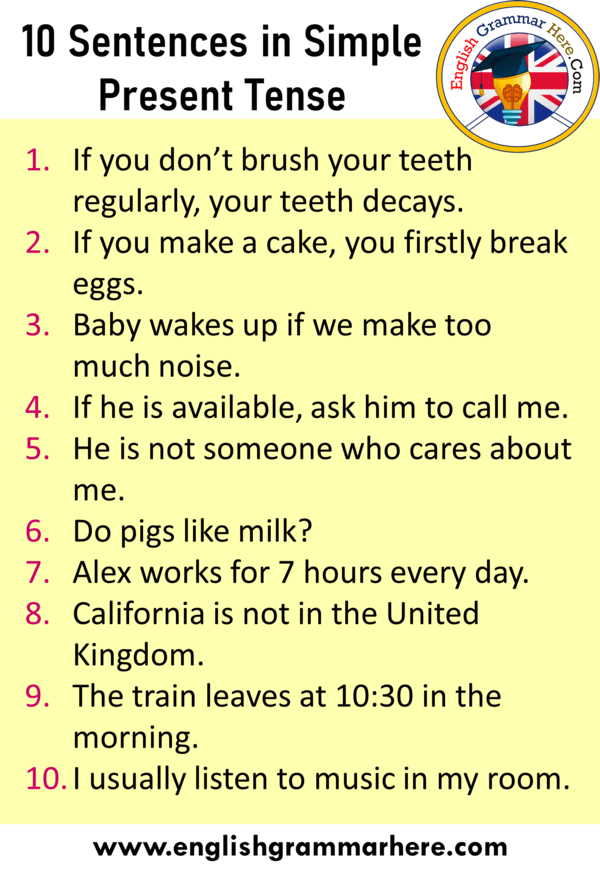 According to the situation, the individual freely uses any part of this competence to ensure successful communication with a particular interlocutor. For example, partners can move freely from one language or dialect to another, demonstrating the ability of each to express an idea in one language and understand in another. A person can use multilingualism to understand text, written or spoken, in a language they did not previously know, recognizing words that sound and are spelled similarly in multiple languages in a "new form".
According to the situation, the individual freely uses any part of this competence to ensure successful communication with a particular interlocutor. For example, partners can move freely from one language or dialect to another, demonstrating the ability of each to express an idea in one language and understand in another. A person can use multilingualism to understand text, written or spoken, in a language they did not previously know, recognizing words that sound and are spelled similarly in multiple languages in a "new form".
From this point of view, the goal of language education is changing. Now the perfect (at the level of a native speaker) mastery of one or two, or even three languages, taken separately from each other, is not the goal. The goal is to develop such a linguistic repertoire, where there is a place for all linguistic skills. The latest developments in the language program of the Council of Europe are aimed at developing a tool with which language teachers will contribute to the development of a multilingual personality.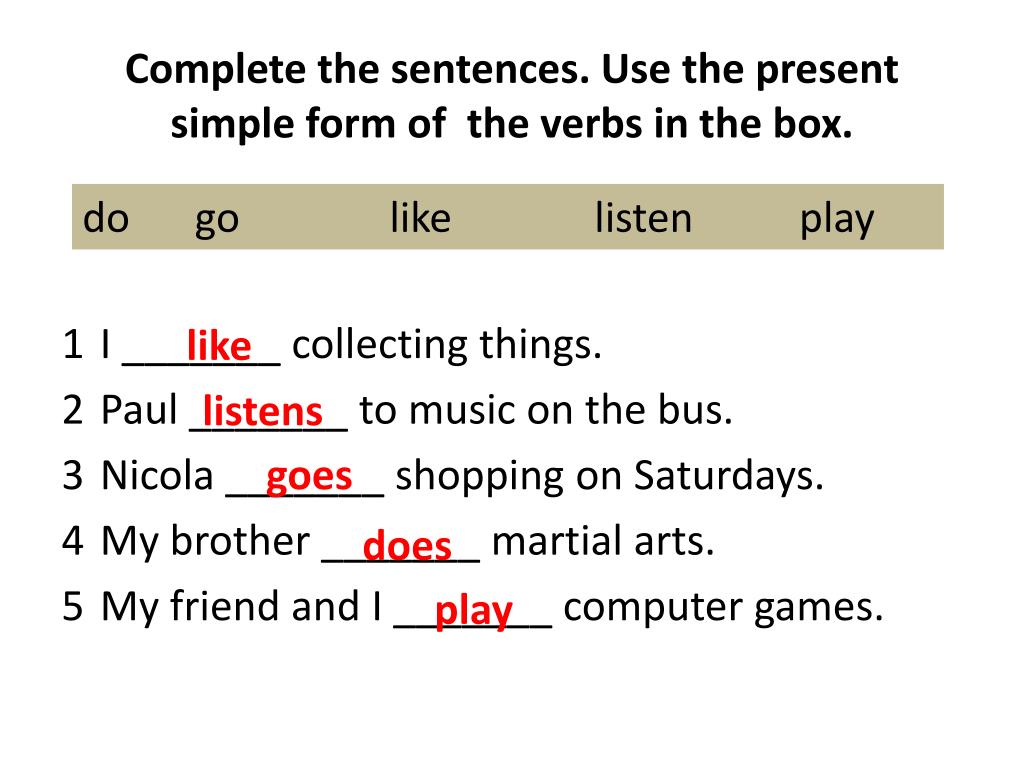 In particular, the European Language Portfolio is a document in which the most varied experiences of language learning and intercultural communication can be recorded and formally recognized.
In particular, the European Language Portfolio is a document in which the most varied experiences of language learning and intercultural communication can be recorded and formally recognized.
REFERENCES
A Common European Framework of Reference for Languages Learning, Teaching, Assessment
Full text of the monograph in English on the website of the Council of Europe
Gemeinsamer europaischer Referenzrahmen fur Sprachen: Lernen, lehren, beurteilen
German text of the monograph on the website of the German Goethe Cultural Center
Simple sentences in English
WAR
All dictatorships create external enemies and repression to sit on the throne forever.
If you can't tell the truth from a clever lie, then think about laws, about freedom of speech, how often and where power has changed.
CNN News BBC News Telegram Wikipedia
Sentence - is a separate statement with intonational and semantic completeness. A sentence is a word or group of words, organized according to the rules of grammar, that carries a specific message, question, exclamation, or call to action.
A sentence is a word or group of words, organized according to the rules of grammar, that carries a specific message, question, exclamation, or call to action.
- It's raining. - It's raining.
- Go outside! - Get outside!
- What are you doing? - What are you doing?
Sentences of the English language, as in Russian, depending on how many grammatical bases (combinations of subject and predicate) in the sentence, are divided into simple and compound sentences.
- Simple sentences
- There is my house. - This is my home.
- I have to go to the university. - I have to go to the university.
- Complex sentences
- There is the house where my family lives. This is the house where my family lives.
- I have to go to the university now but I will come back soon.
 I have to go to the university now, but I will be back soon.
I have to go to the university now, but I will be back soon.
Simple sentence (a simple sentence) is a sentence in which there is only one grammatical basis (one combination of subject and predicate).
- Kate likes dogs. Kate loves dogs.
- We go jogging every Sunday. We go jogging every Sunday.
- They didn't go to school last year. They didn't go to school last year.
Simple sentences for the purpose of saying
All simple sentences , depending on the purpose of the statement, can be narrative , interrogative , imperative , exclamatory .
Narrative sentences
Declarative sentence (declarative sentence) - a sentence that communicates a certain fact or information in affirmative or negative form . The intonation of such a sentence is mainly descending, direct word order is used (subject before the predicate).
The intonation of such a sentence is mainly descending, direct word order is used (subject before the predicate).
- My name is Paul. - My name is Paul.
- Kate is good at cooking. Kate cooks well.
- I don't like honey. - I don't like honey.
- George hasn't finished his work yet. George has not finished his work yet.
In English, as a rule, there can be only one negation in the sentence , in contrast to the Russian language, where there can be a double negation (the use of particles together not, neither, and negative pronouns, adverbs, etc.) .
- I know nothing. - I do not know anything.
- I don't know anything. - I do not know anything.
- We met no one yesterday. We didn't meet anyone yesterday.
- We didn't meet anyone yesterday. We didn't meet anyone yesterday.

The double negative in English can be used to further strengthen the negative, but this is not common.
- I ain't got no money. - I don't have any money.
- We don't need no education, we don't need no thought control. “We don't need any education, we don't need any thought control.
Interrogative sentences
Interrogative sentence (interrogative sentence) - a sentence that expresses a question. They are formed using indirect word order (predicate before the subject), as well as interrogative words. Interrogative sentences are discussed in detail in the article types of questions.
- Who is there? - Who's there?
- What are you doing now? - What are you doing now?
- Do you like learning English? – Do you like learning English?
Imperative sentences
Imperative sentence (imperative sentence) - a sentence that encourages the interlocutor to act, that is, it expresses an order, request, command, invitation, etc. Such sentences often omit the subject you (you, you), as it is clear from the context, the verb is used only in the infinitive form without the particle to .
Such sentences often omit the subject you (you, you), as it is clear from the context, the verb is used only in the infinitive form without the particle to .
- Watch this! – Look at this!
- Listen to me. - Listen to me.
- Go and buy some bread, please. - Go buy some bread, please.
Sometimes in imperative sentences the pronoun you is not omitted in order to emphasize emotionally and strengthen an order or command.
- You sleep now. - You're going to bed now.
- We will rest and you drive. We will rest and you will drive the car.
- I will go to the shop and you stay at home. - I'm going to the store, and you stay at home.
In order to form a negative imperative sentence (prohibition or request), the auxiliary verb do is always used in the negative form, even with the verb to be .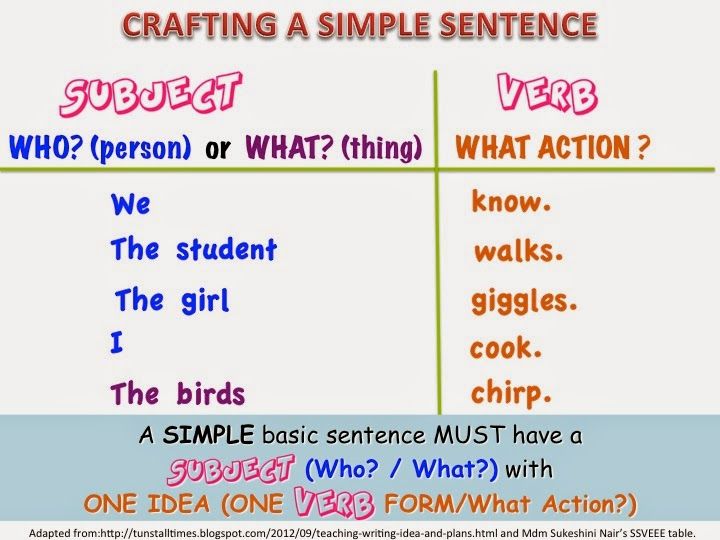
- Don't give me orders! - Don't order me!
- Don't touch it, please. - Don't touch it, please.
- Don't be so silly! - Don't be so stupid!
- Oh, come on, don't be mad. “Oh come on, don’t be mad.
The verb to let (allow) is used to form an order, a command directed at third parties. To let is also used to offer help or ask for permission.
- Let her go. - Let her go. (Let her go.)
- Let him do whatever he wants. Let him do whatever he wants.
- Let the children play with our dog. Let the children play with our dog.
- Let me help you. - Let me help you.
- Let us do this. - Let us do it.
Form let's (short for let us ) is used to suggest a joint action. In this sense, the full form let us is practically not used.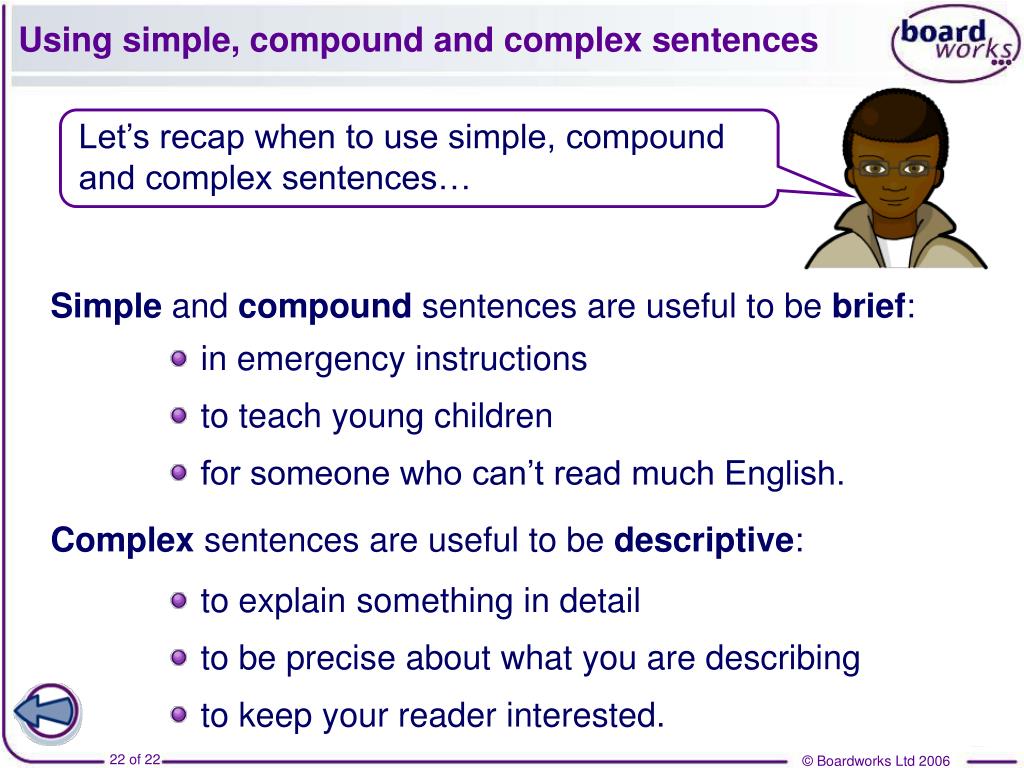
- Let's go for a walk! - Let's go for a walk!
- Let's play football outside. Let's play football outside.
- Let's invite Paul and Janice to the party. Let's invite Paul and Janice to the party.
Exclamatory sentences
Exclamatory sentence (exclamatory sentence) - a sentence expressing certain emotions or feelings. Often such sentences begin with the words what and how , and end with an exclamation point .
In exclamatory sentences only direct word order is used. However, often a sentence can only consist of one or two words.
- Marvelous! - Wonderful! (also with a hint of sarcasm)
- How wonderful! - How wonderful!
- It's such a beautiful life! - What a beautiful life!
- What a lovely day it is. - What a wonderful day today.
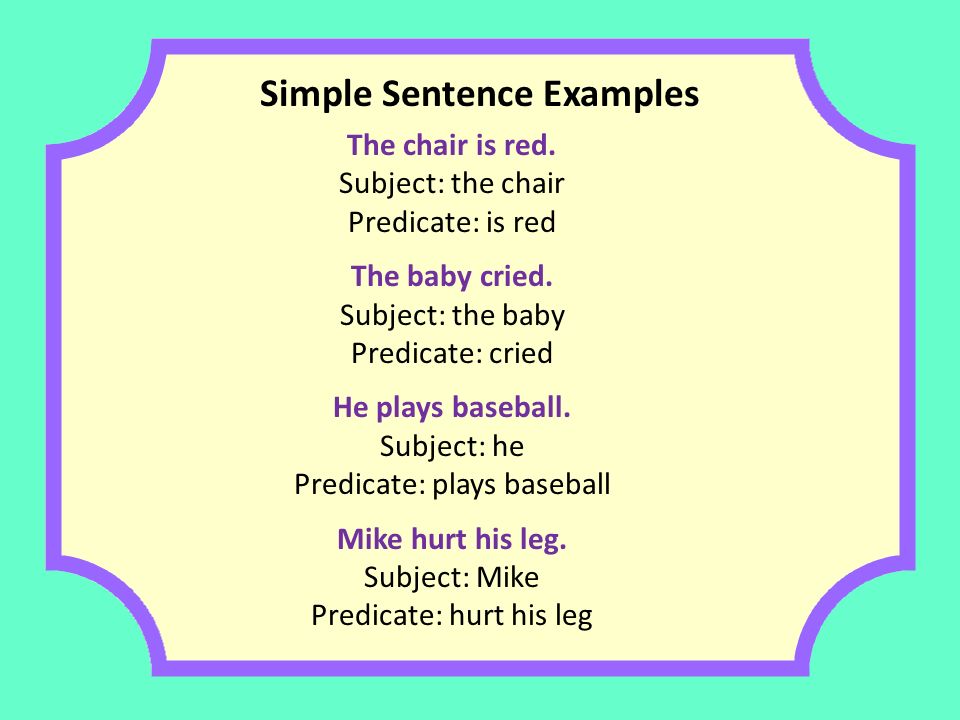
Types of simple sentences according to the structure
Simple sentences according to their structure (presence or absence of some members of the sentence) are divided into two-part and single-member , as well as on non-common and common .
Two-part sentence
Two-member sentence (two-member sentence) - a sentence in which there are both main members of the sentence (subject and predicate), or one of them is omitted, as it is clear from the context or the previous sentence.
- I don't like this book. - I don't like this book.
- We had a lot of fun in Brazil! Swimming in the ocean, drinking cocktails, dancing. We had a lot of fun in Brazil! We swam in the ocean, drank cocktails, danced.
Two-part sentences , in turn, are divided into complete and incomplete. Complete sentence (complete sentence) - a two-part sentence in which there is both a subject and a predicate.
Complete sentence (complete sentence) - a two-part sentence in which there is both a subject and a predicate.
- The child smiled at us.
- We've bought a lot of candies for you. We bought you a lot of sweets.
- There was a big party at Caroline's place. Caroline had a big party.
Incomplete sentence Such sentences are often found in colloquial speech, dialogues.
- Who did that? Mark, of course. - Who did it? Of course Mark.
- What did he do? Nothing at all! - What did he do? Nothing at all!
- What were we doing? Just chilling and talking. – What did we do? They just relaxed and talked.
One-part offer
One-member sentence (one-member sentence) - a special type of sentence in which there is only one main member of the sentence, and it cannot be unambiguously defined as a noun or a predicate.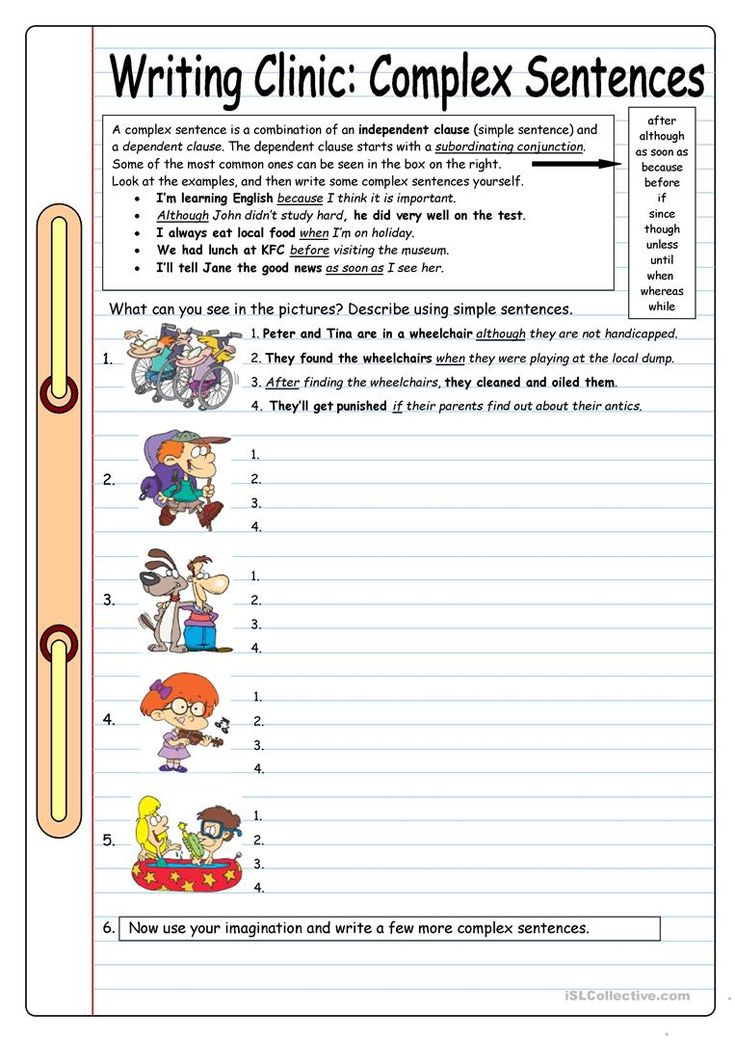 Sometimes such sentences are called sentence-phrases .
Sometimes such sentences are called sentence-phrases .
One-part sentences can be expressed using a noun or an infinitive of a verb.
- To be or not to be? - To be or not to be?
- To stay here – alone, forgotten by everyone. – To stay here – alone, forgotten by everyone.
- Spring! Birds singing, the sun shining, flowers in blossom. - Spring! The birds are singing, the sun is shining, the flowers are blooming.
Uncommon and common offerings
Unextended sentence (non-extended sentence) - a sentence in which there are no secondary members of the sentence, but there is only grammatical basis . Uncommon can be both one-part and two-part sentences.
- Spring. - Spring.
- To live! - Live!
- Don't talk! - Do not talk!
- She is sleeping. - She is sleeping.
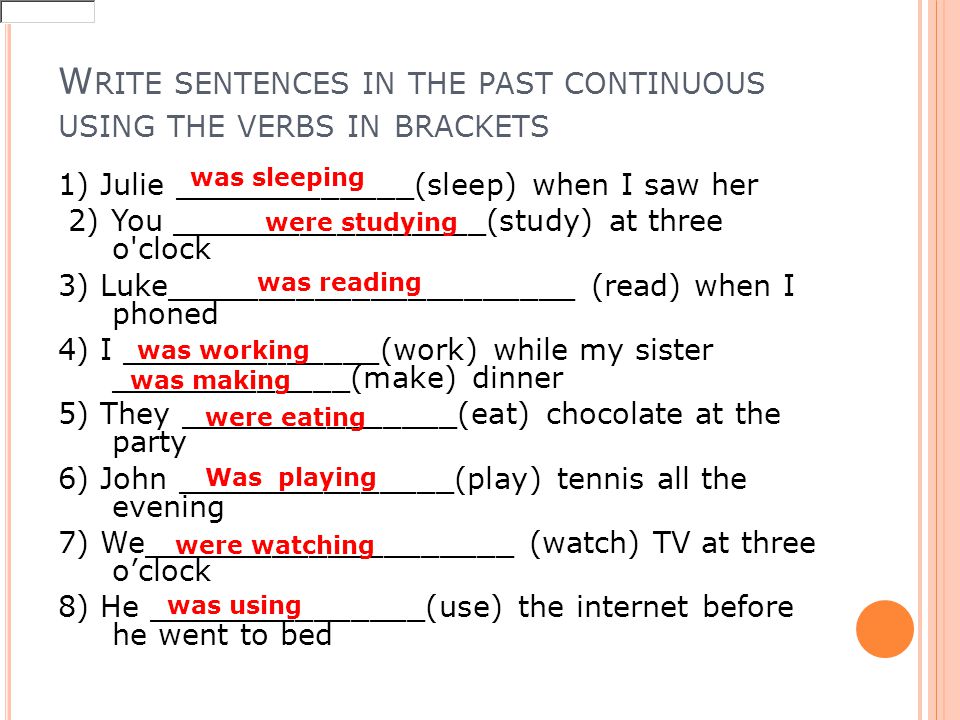
Learn more

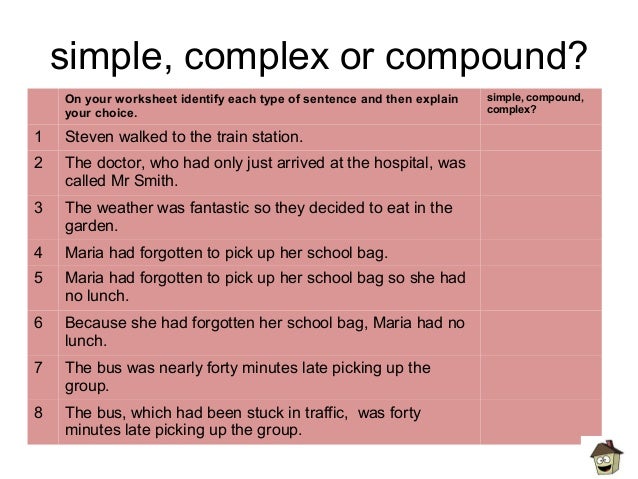
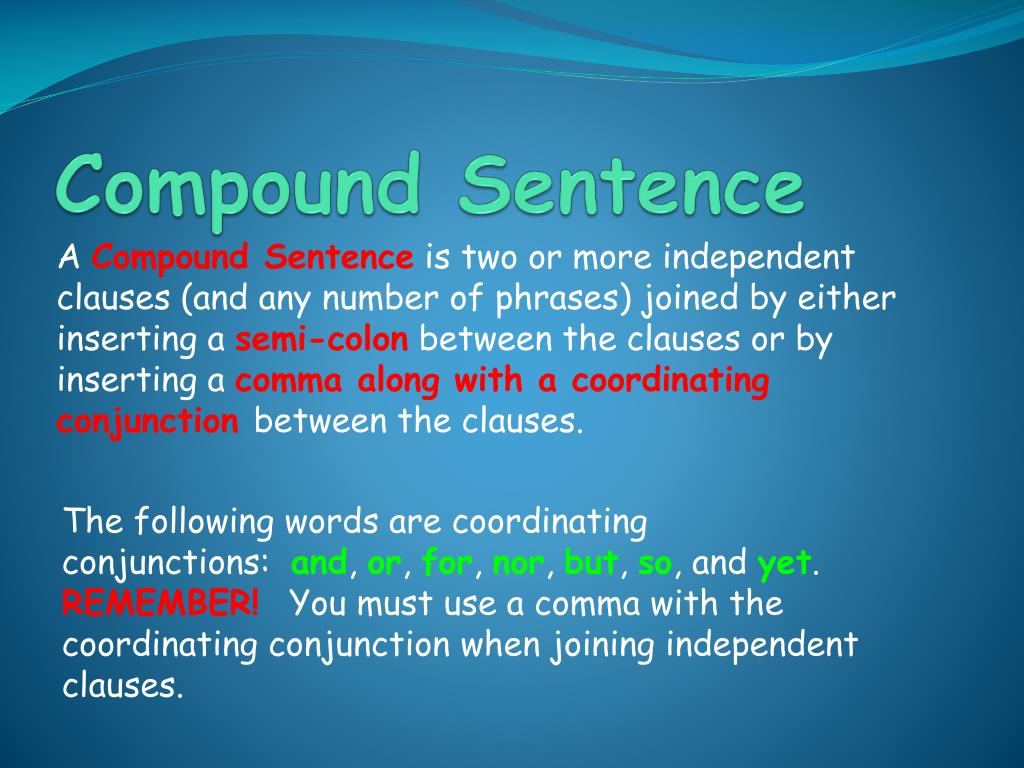
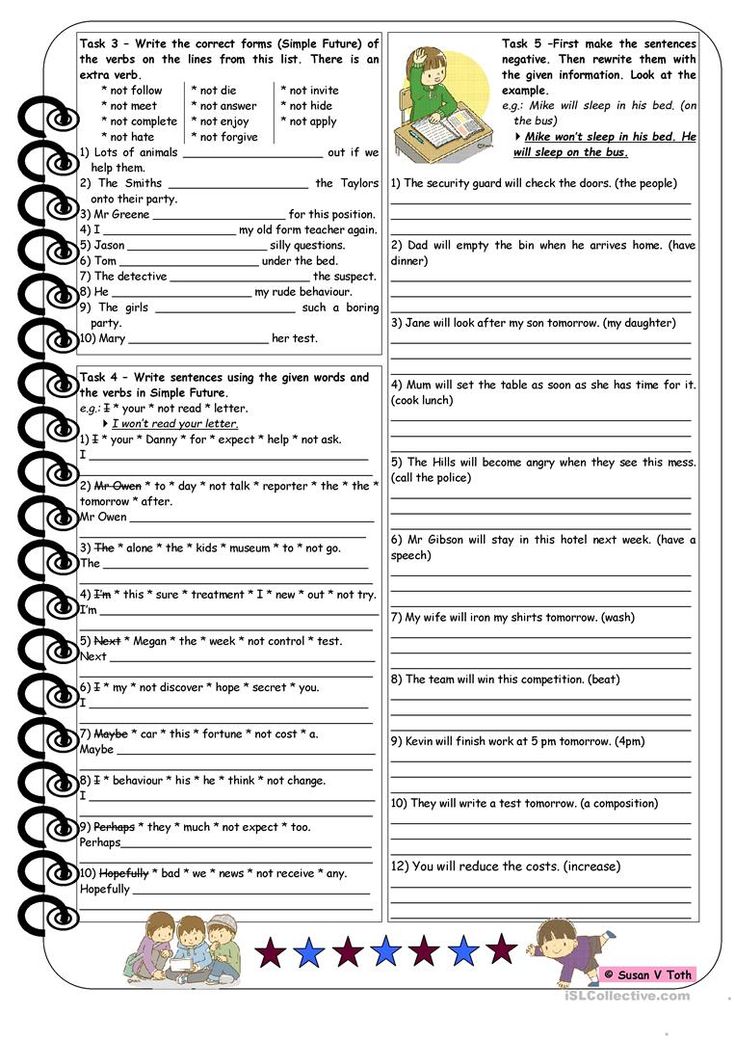 I use language flexibly and effectively for communication in scientific and professional activities. Can produce precise, detailed, well-structured messages on complex topics, demonstrating mastery of text organization patterns, means of communication, and aggregation of text elements.
I use language flexibly and effectively for communication in scientific and professional activities. Can produce precise, detailed, well-structured messages on complex topics, demonstrating mastery of text organization patterns, means of communication, and aggregation of text elements. 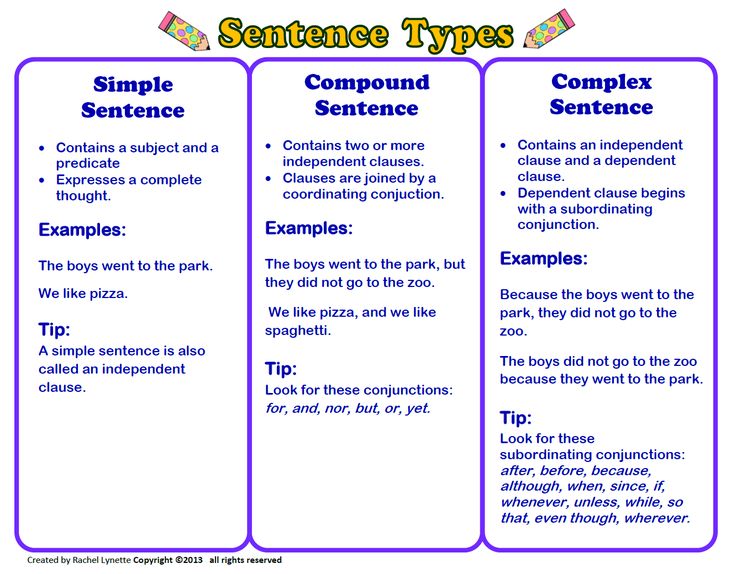 I can write a simple letter of a personal nature (for example, to express my gratitude to someone for something).
I can write a simple letter of a personal nature (for example, to express my gratitude to someone for something). 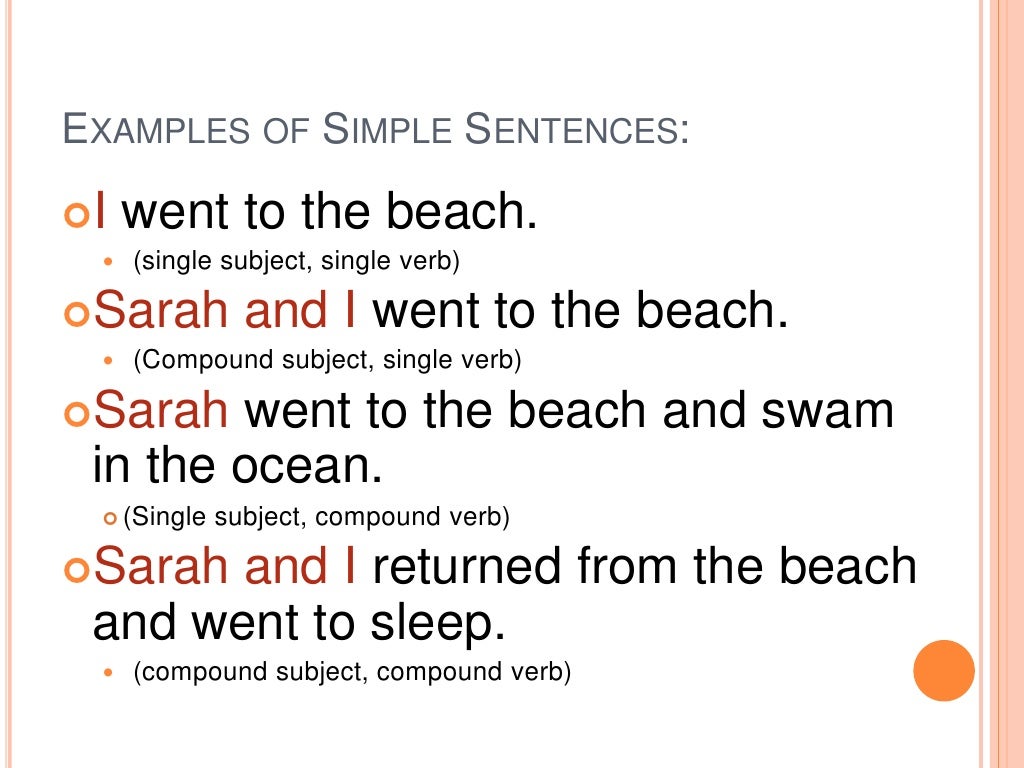 I can engage in conversations on topics that are familiar/interesting to me (e.g. family, hobbies, work, travel, current events) without prior preparation.
I can engage in conversations on topics that are familiar/interesting to me (e.g. family, hobbies, work, travel, current events) without prior preparation. 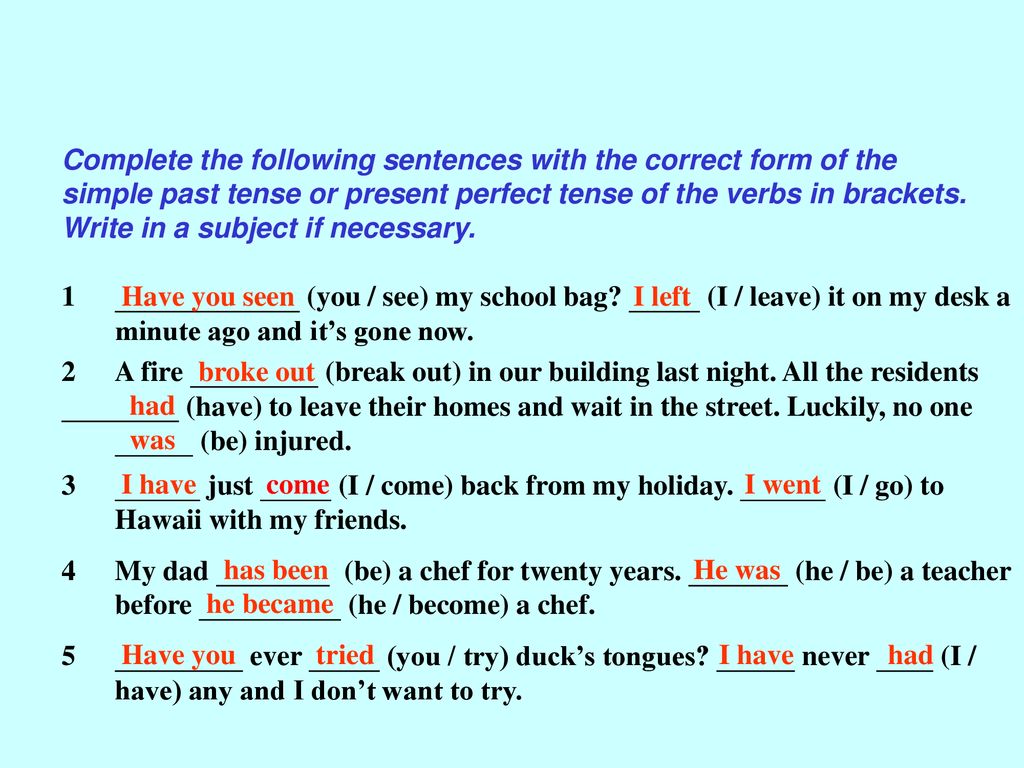 I understand almost all news and current affairs reports. I understand the content of most films if their characters speak the literary language.
I understand almost all news and current affairs reports. I understand the content of most films if their characters speak the literary language. 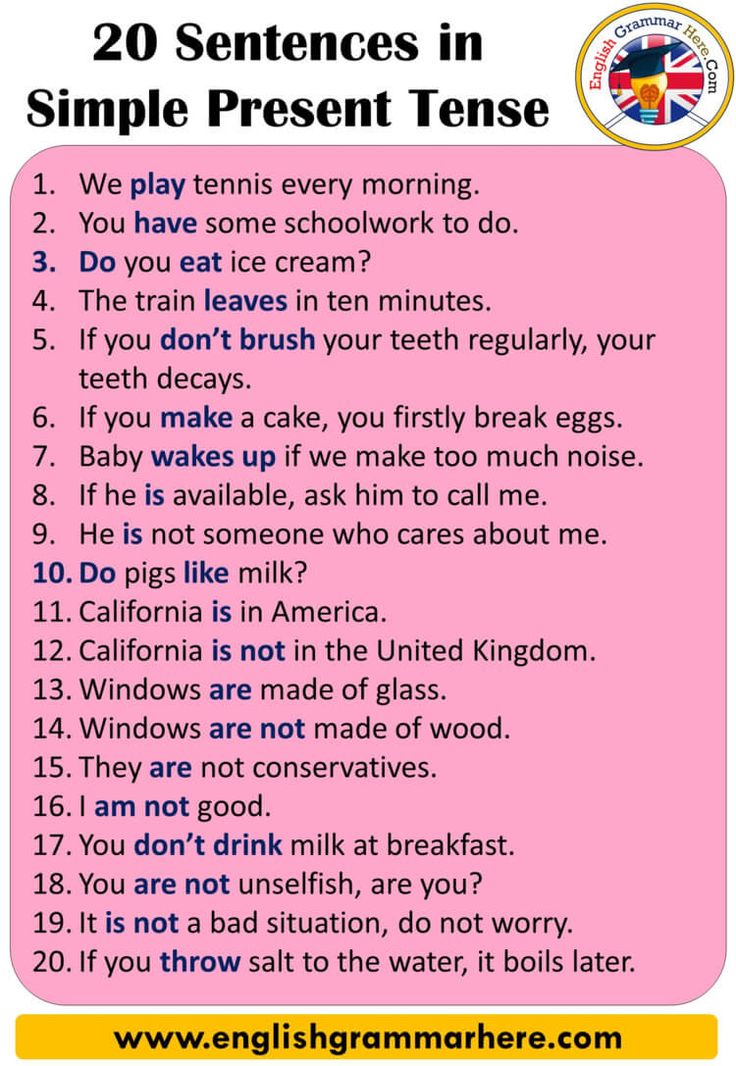 I can write essays or reports covering issues or arguing for or against points of view. I can write letters, highlighting those events and impressions that are especially important to me.
I can write essays or reports covering issues or arguing for or against points of view. I can write letters, highlighting those events and impressions that are especially important to me. 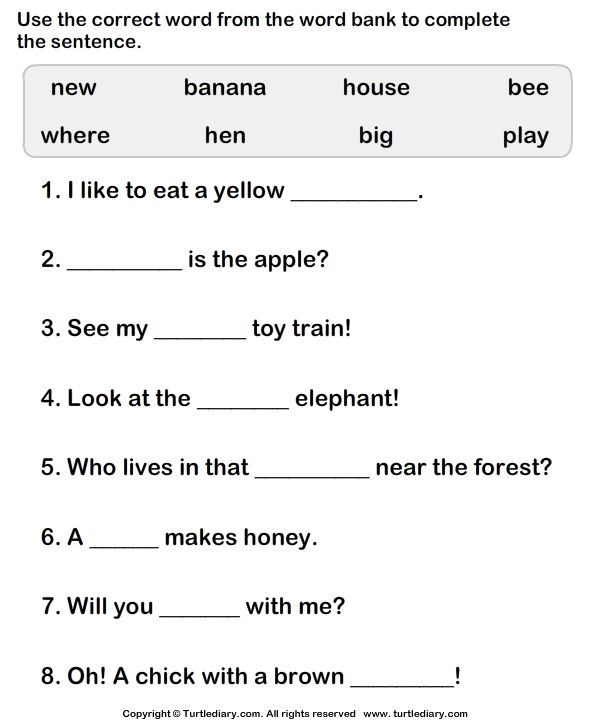 I can structure my message logically in such a way as to capture the attention of the listeners and help them note and remember the most important points.
I can structure my message logically in such a way as to capture the attention of the listeners and help them note and remember the most important points. 


 Can take an equal part in the conversation, without difficulty entering at the right moment, referring to previously discussed information or to information that should be generally known to other participants, etc.
Can take an equal part in the conversation, without difficulty entering at the right moment, referring to previously discussed information or to information that should be generally known to other participants, etc. 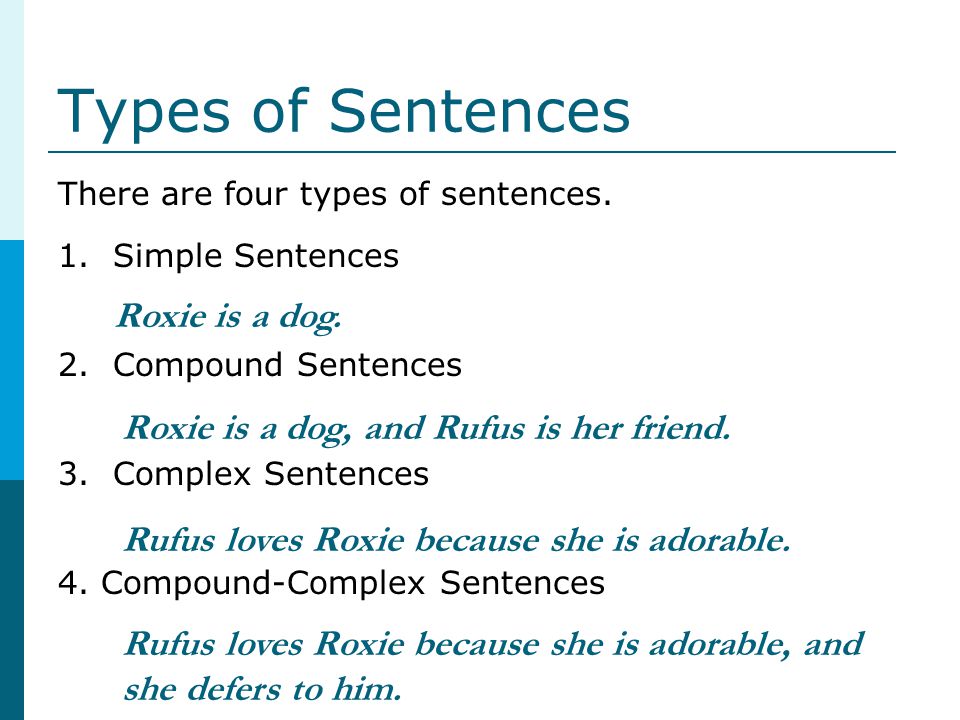 They provide a solution of tasks in various conditions taking into account various restrictions, and are implemented in activities and processes (actions ) aimed at generating and/or perceiving texts in connection with certain topics and areas of communication and using appropriate strategies . Accounting for these processes by communicants leads to further development and modification of these competencies.
They provide a solution of tasks in various conditions taking into account various restrictions, and are implemented in activities and processes (actions ) aimed at generating and/or perceiving texts in connection with certain topics and areas of communication and using appropriate strategies . Accounting for these processes by communicants leads to further development and modification of these competencies. 


